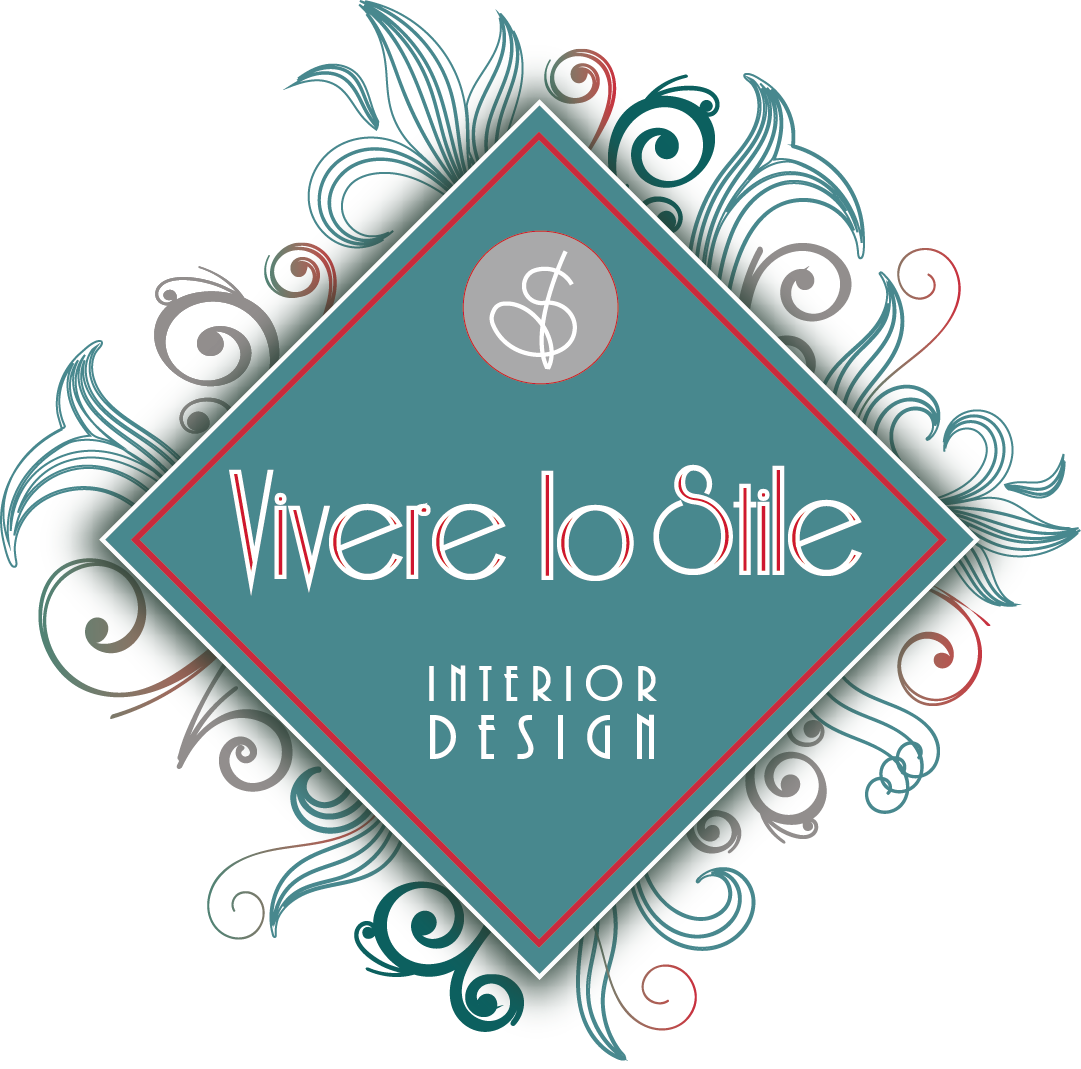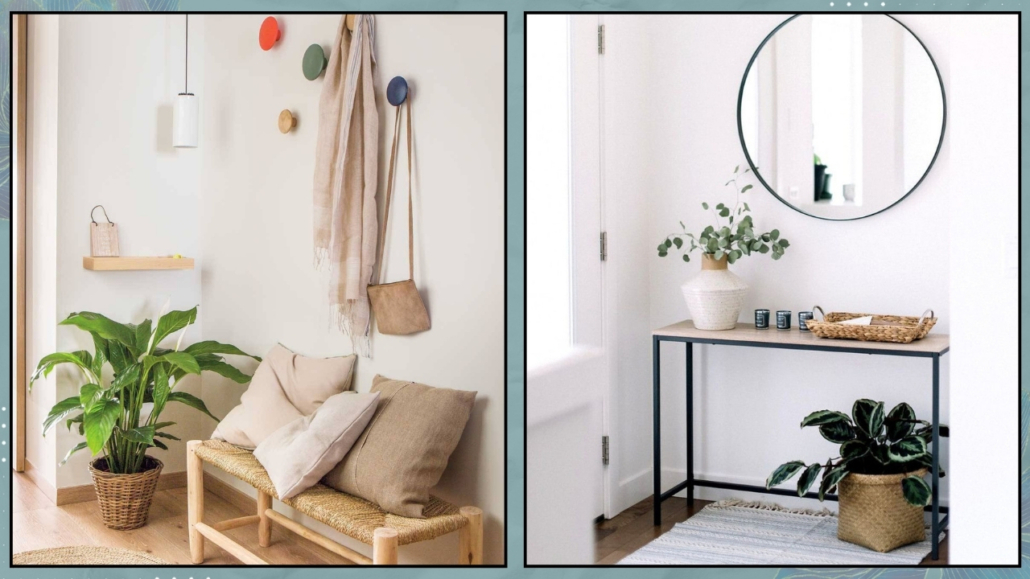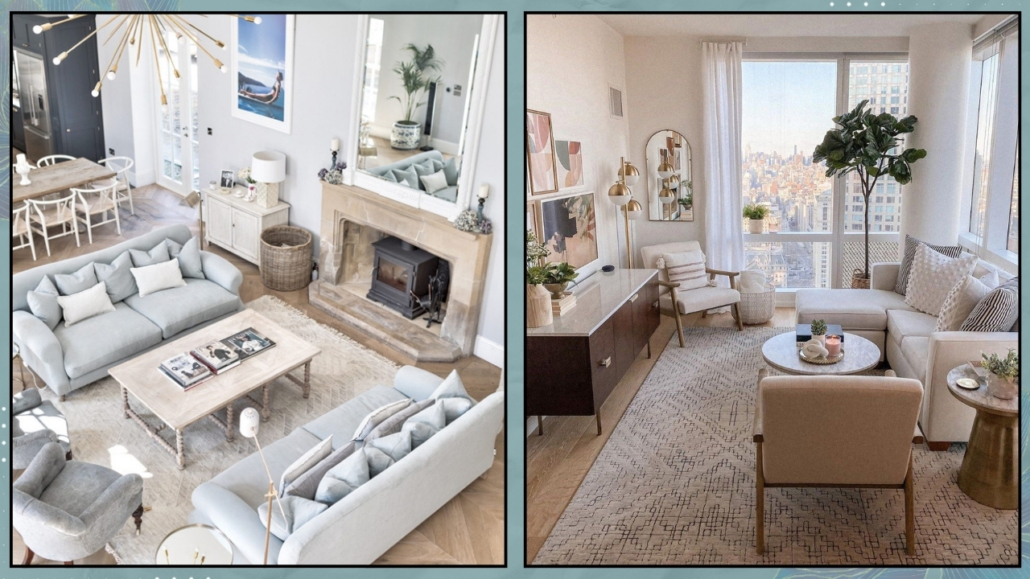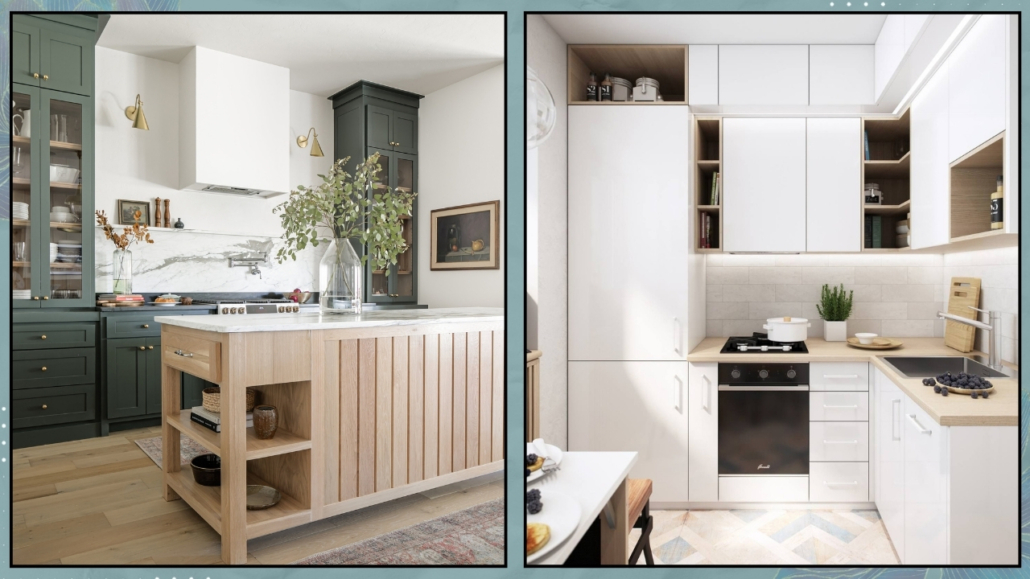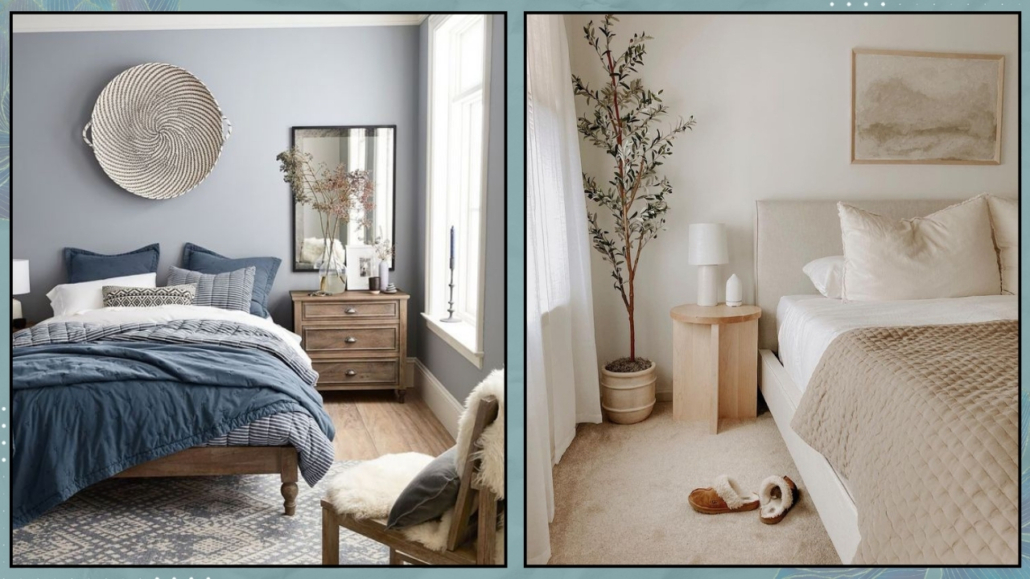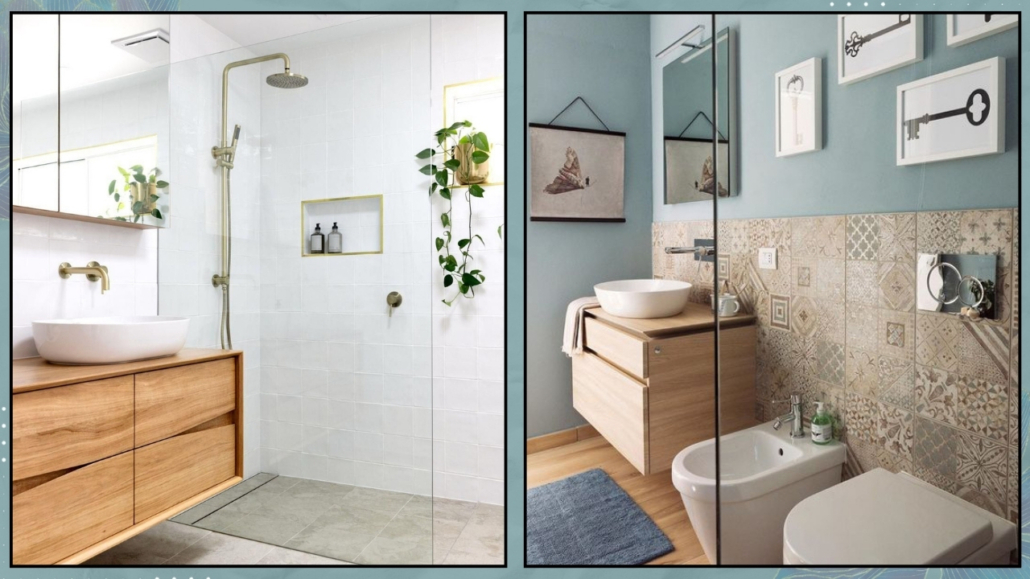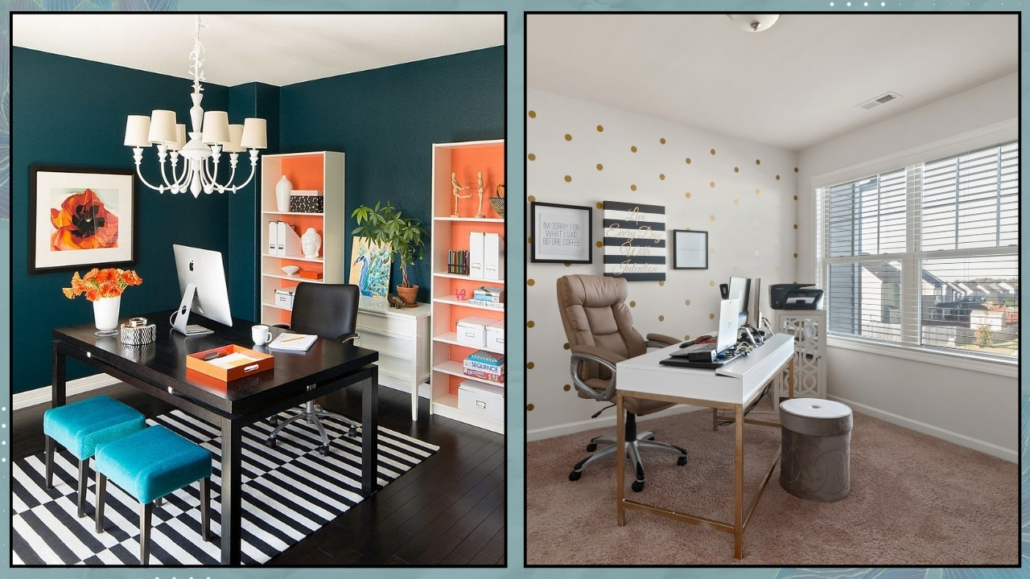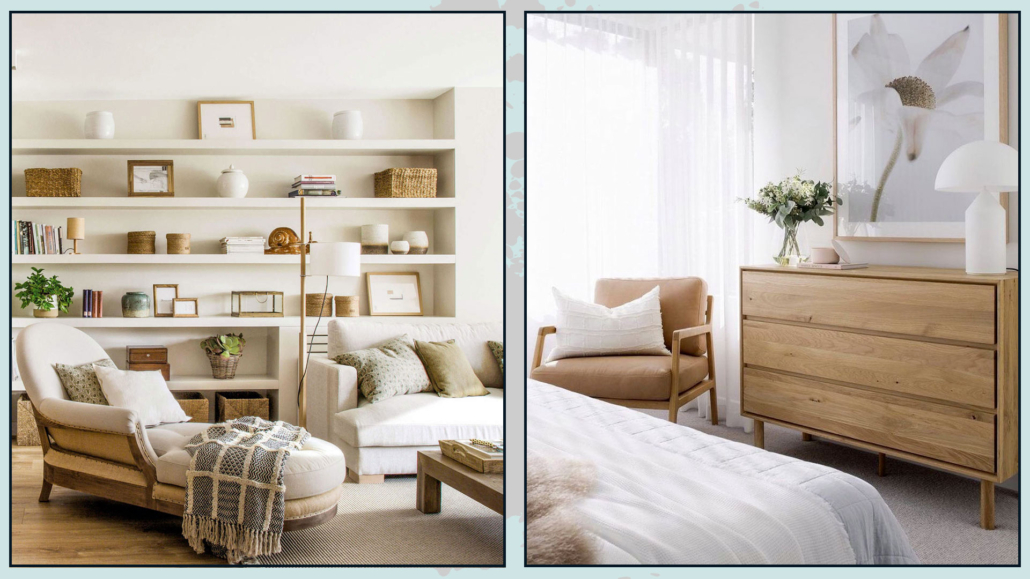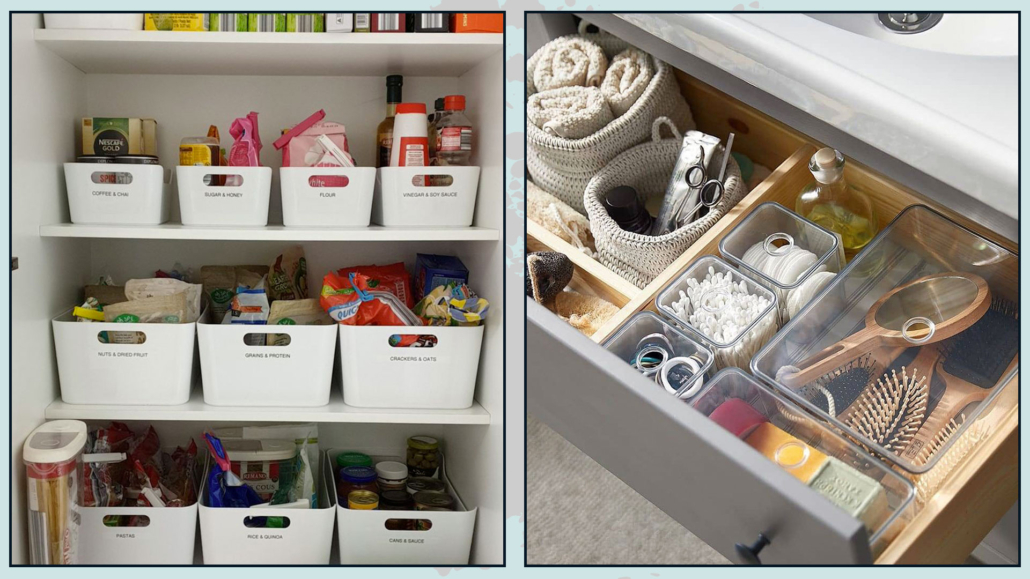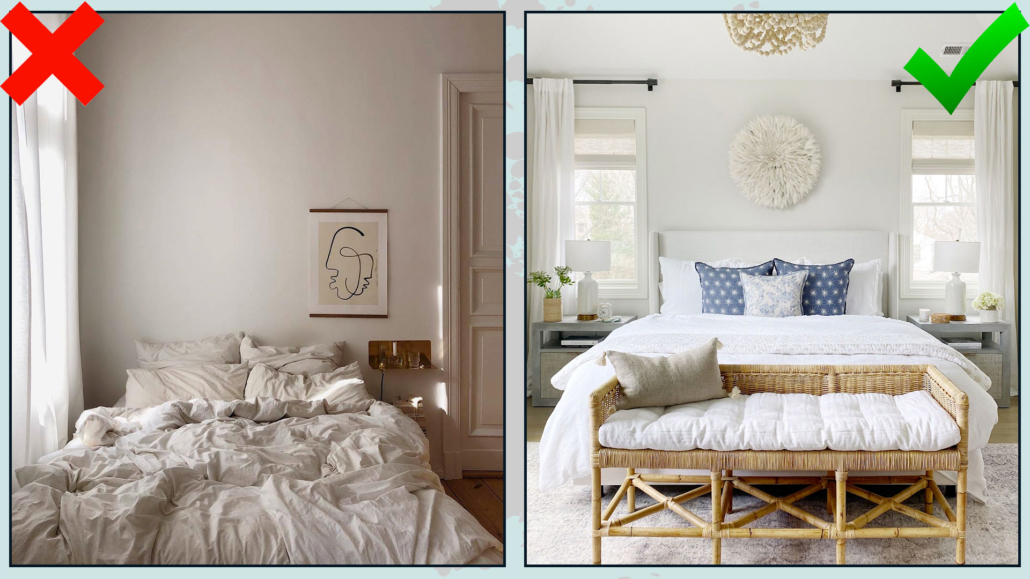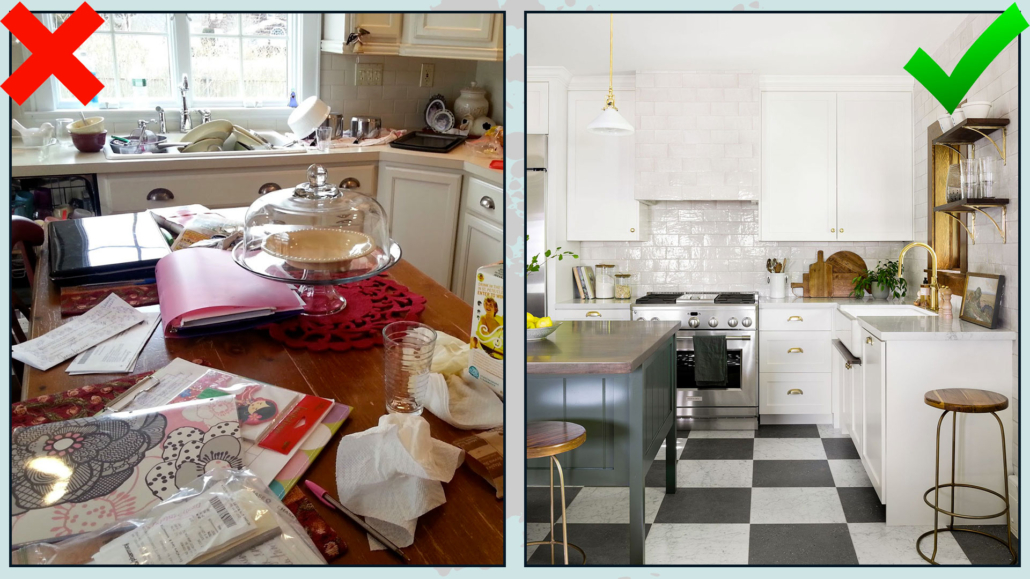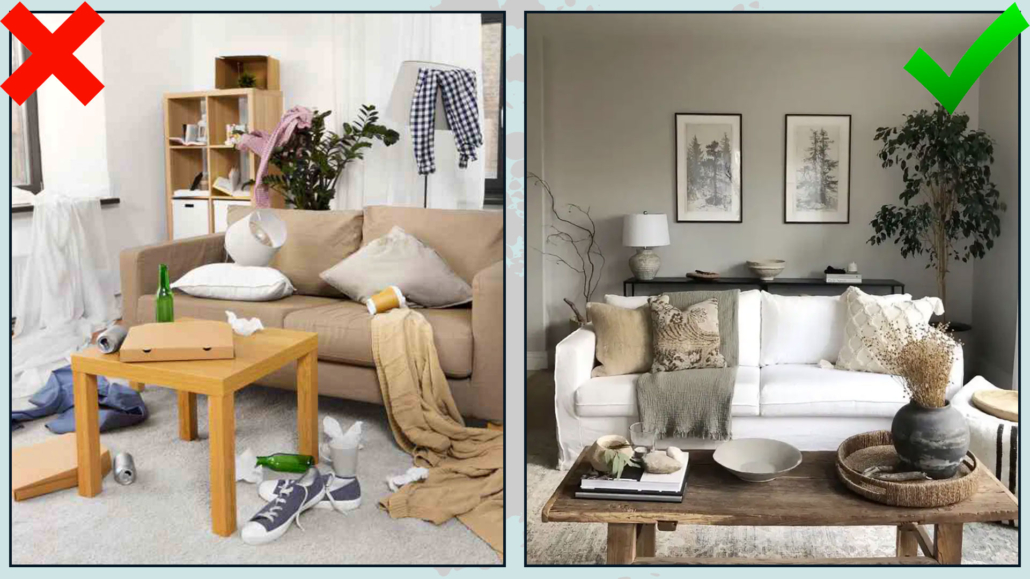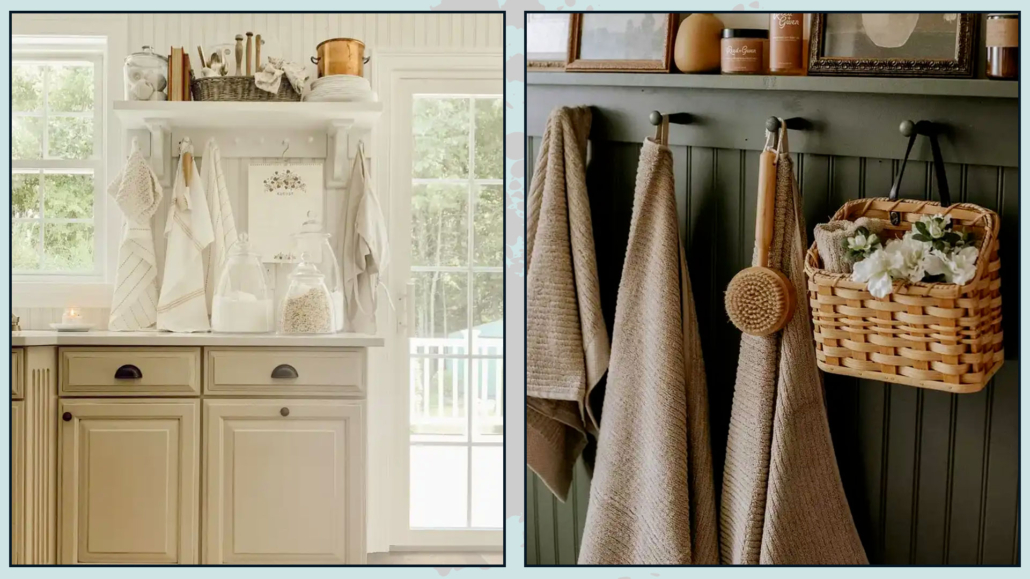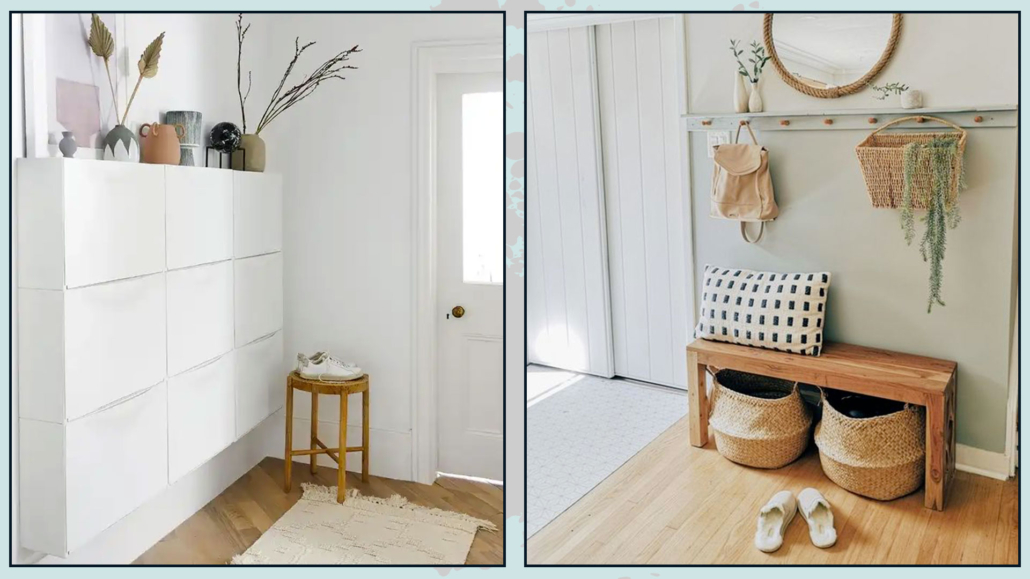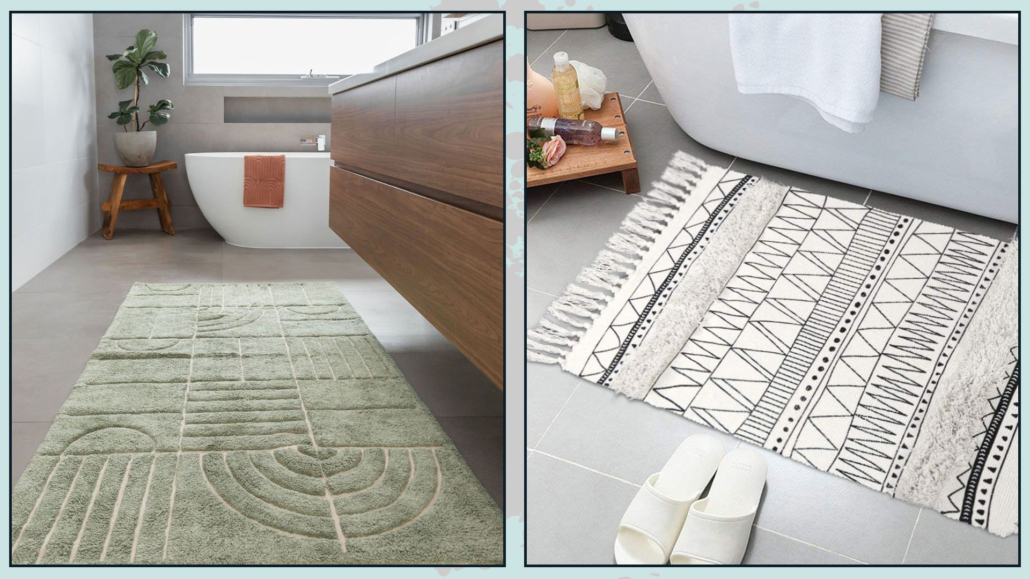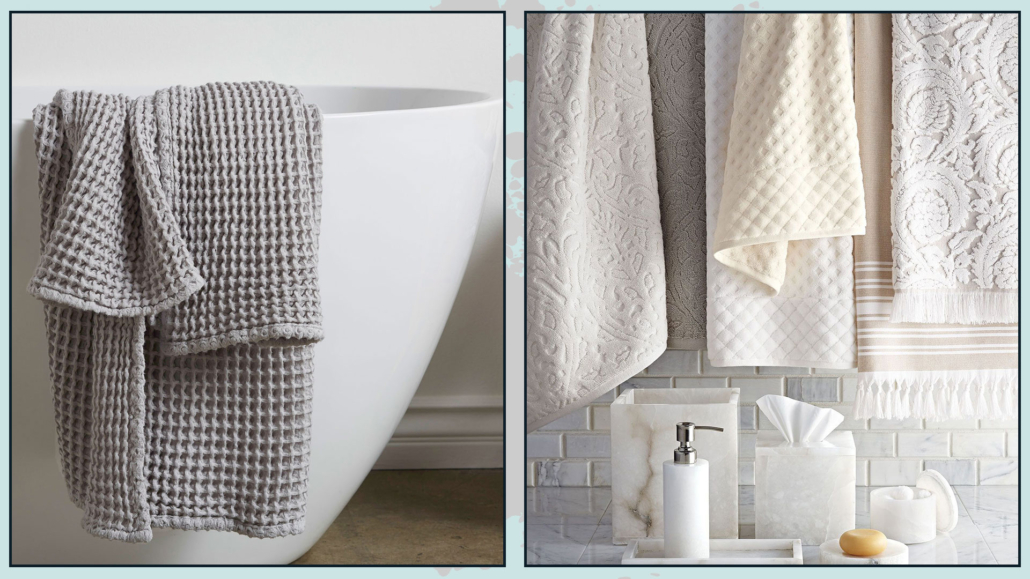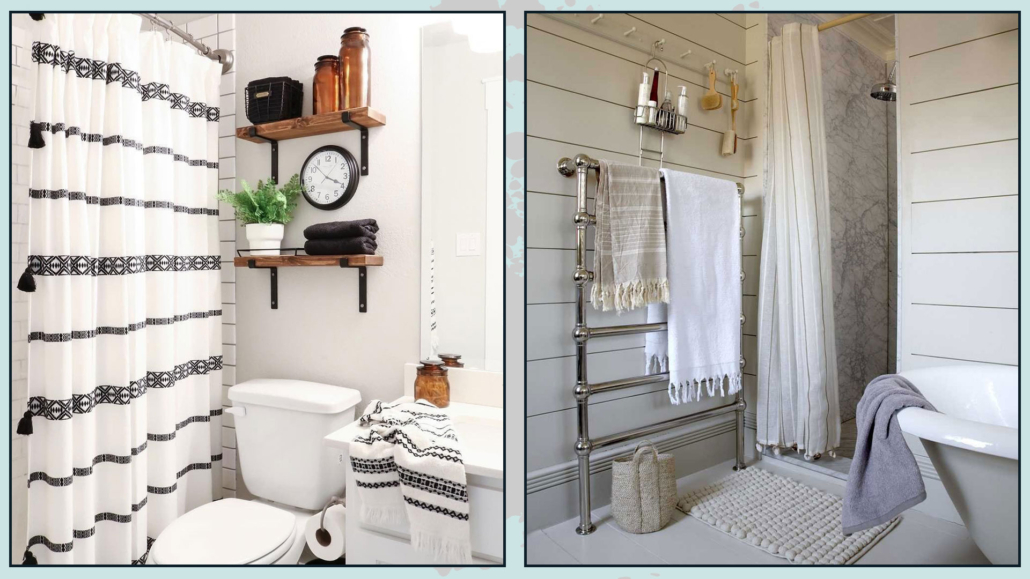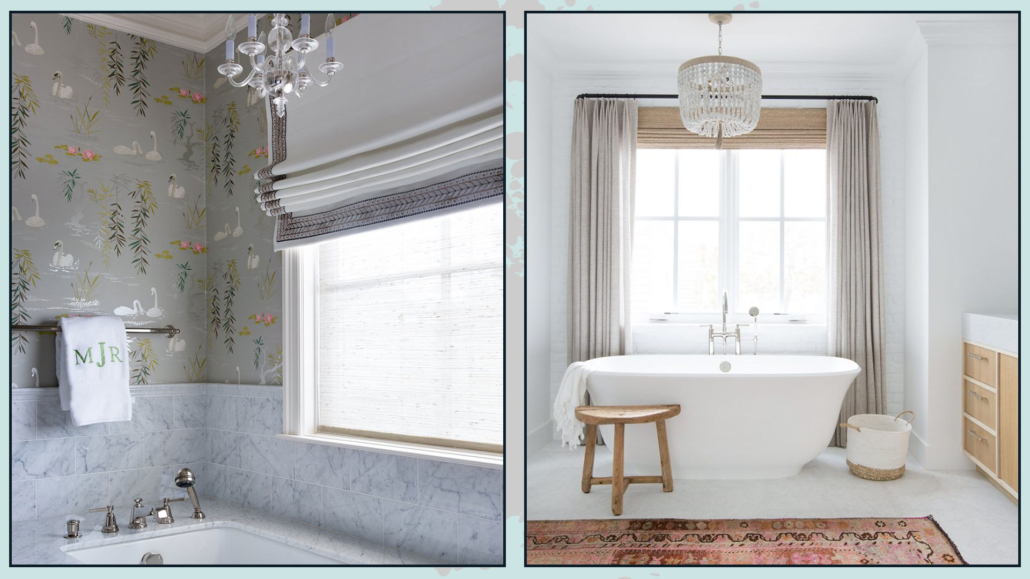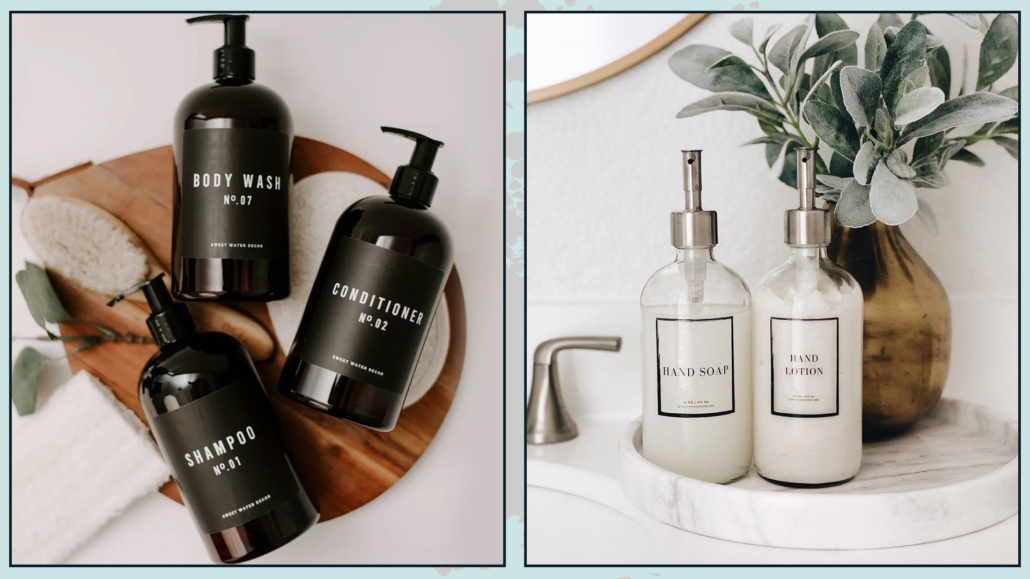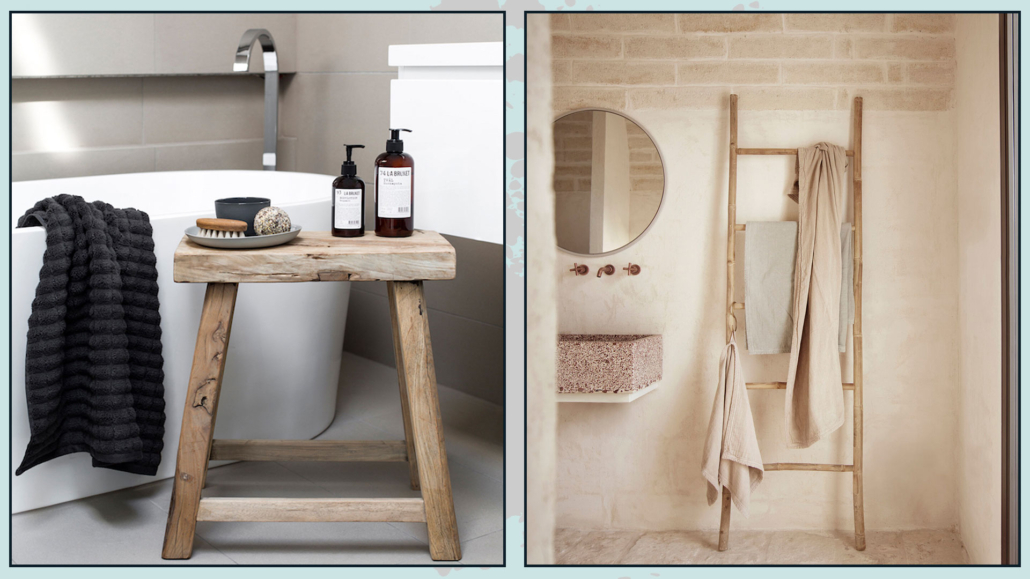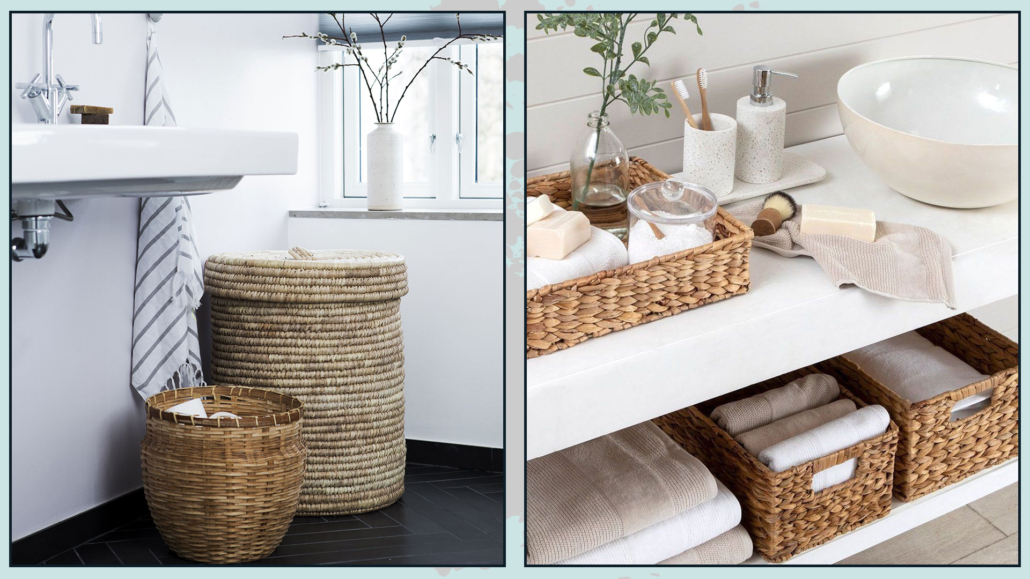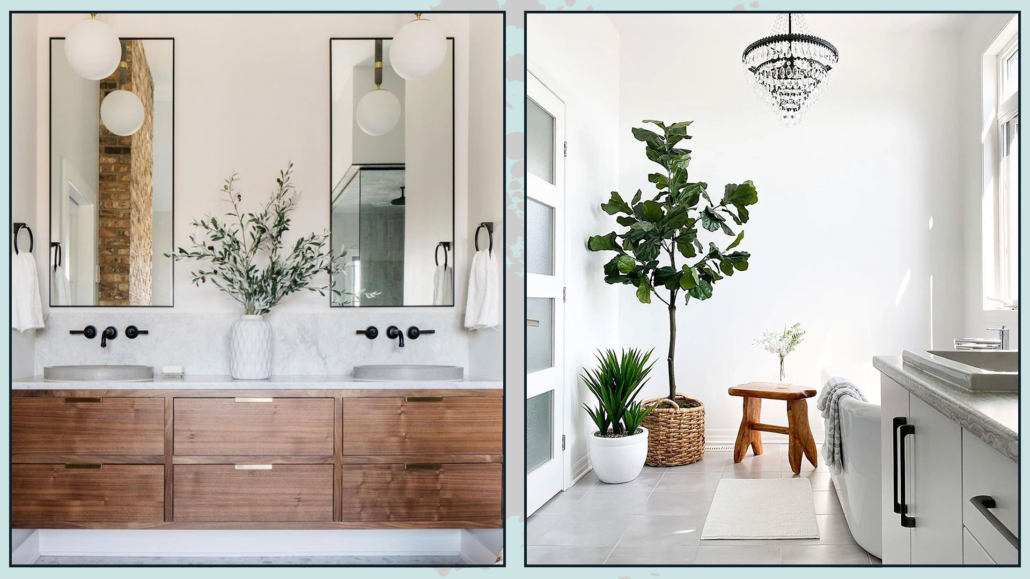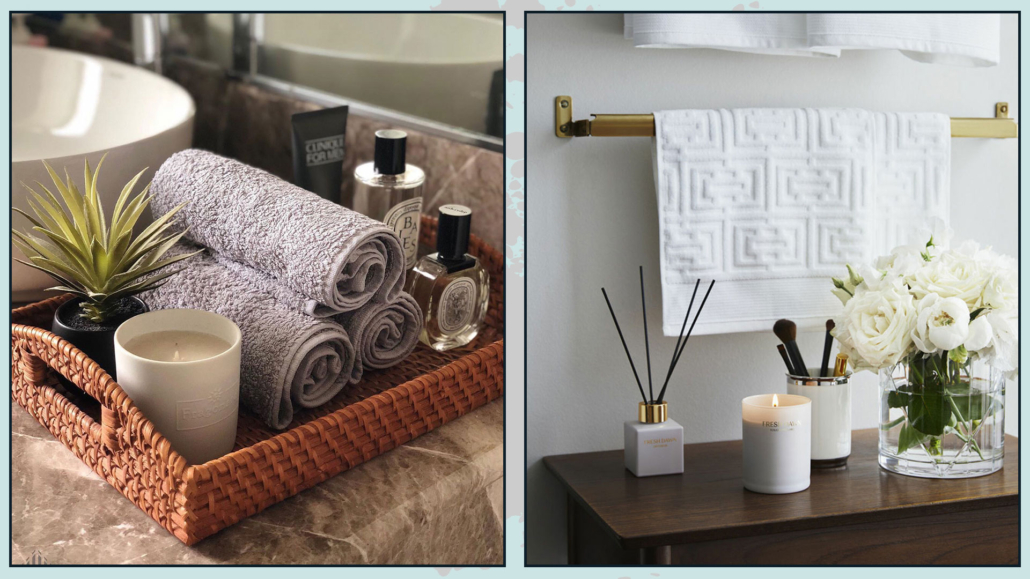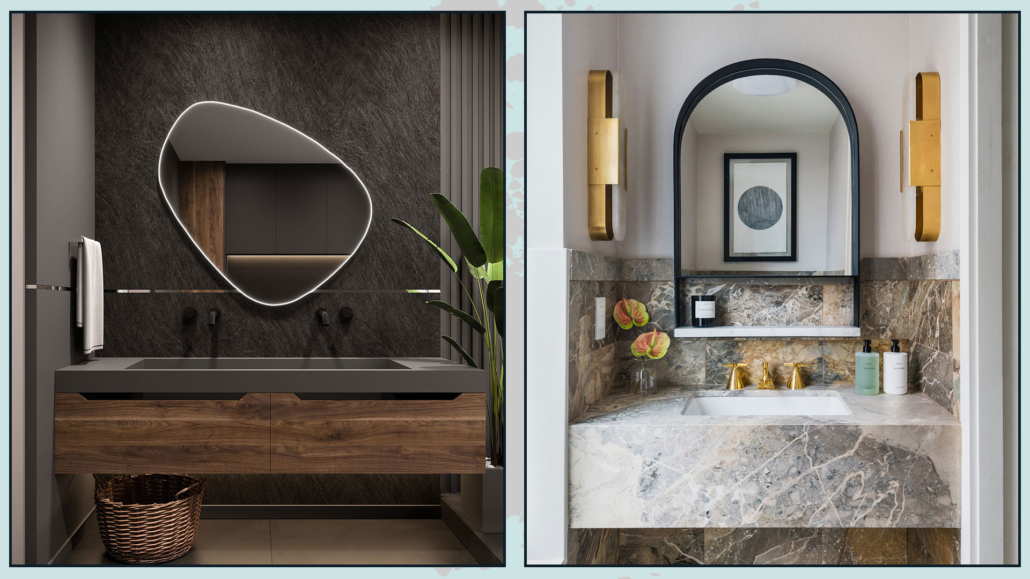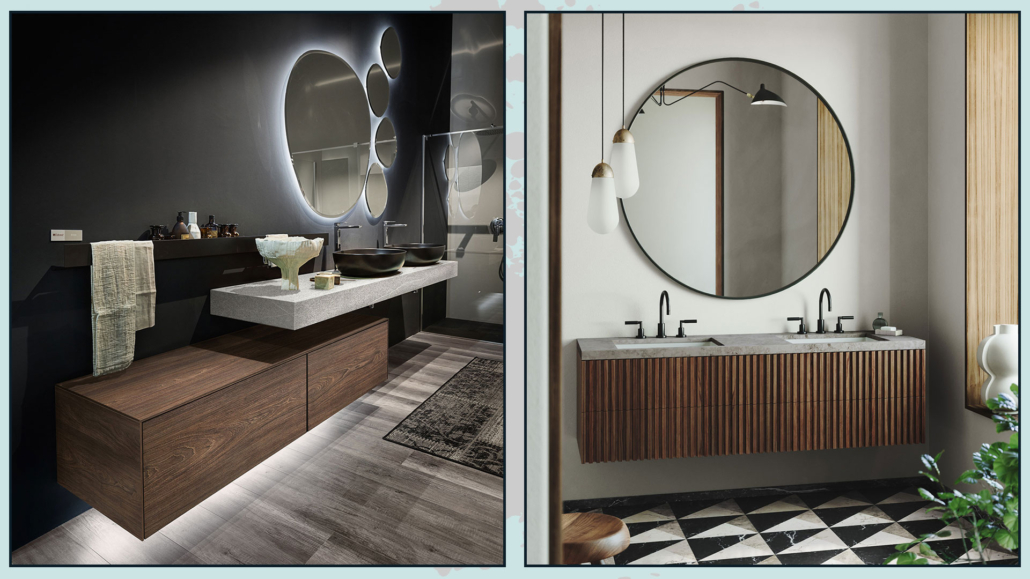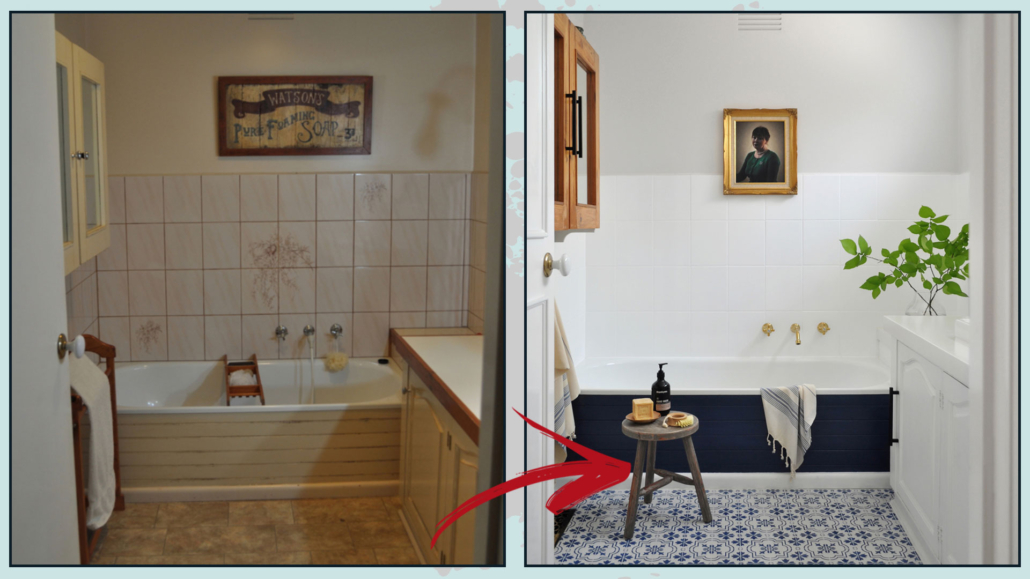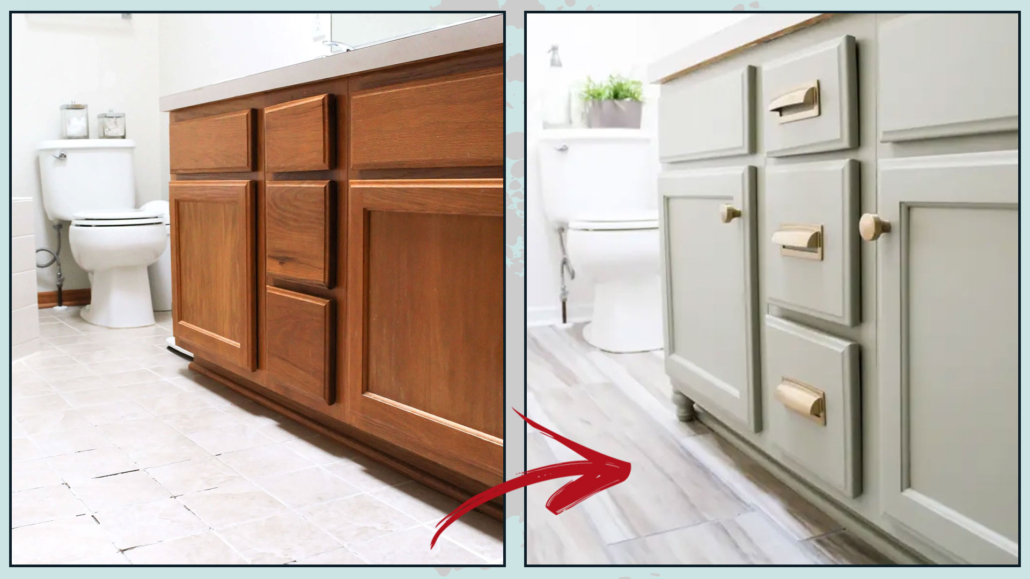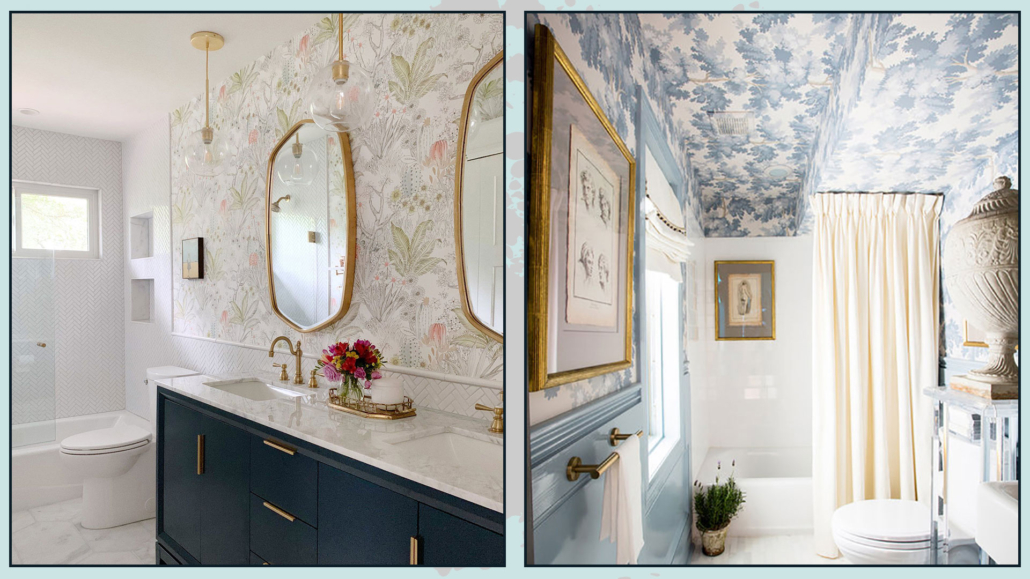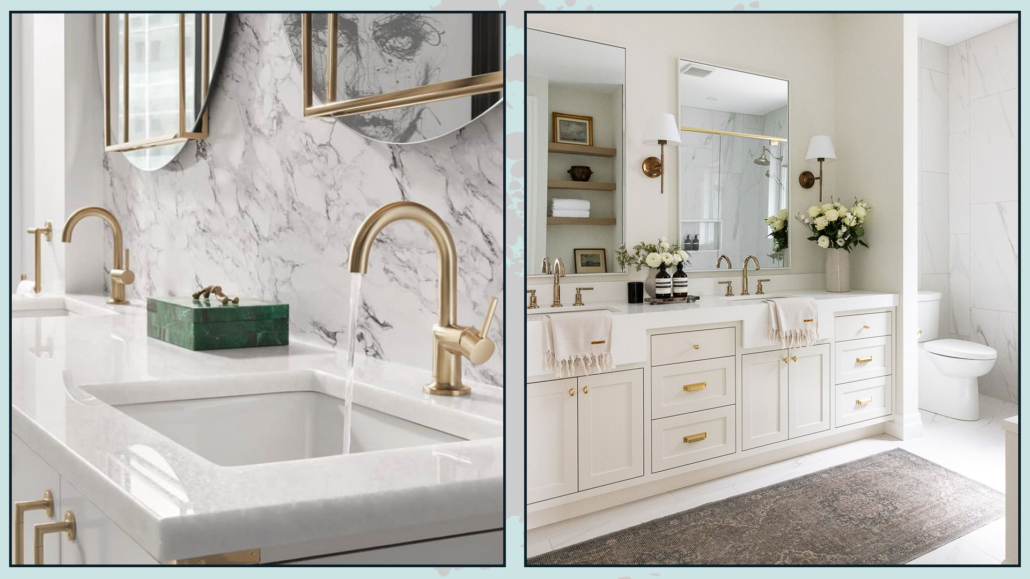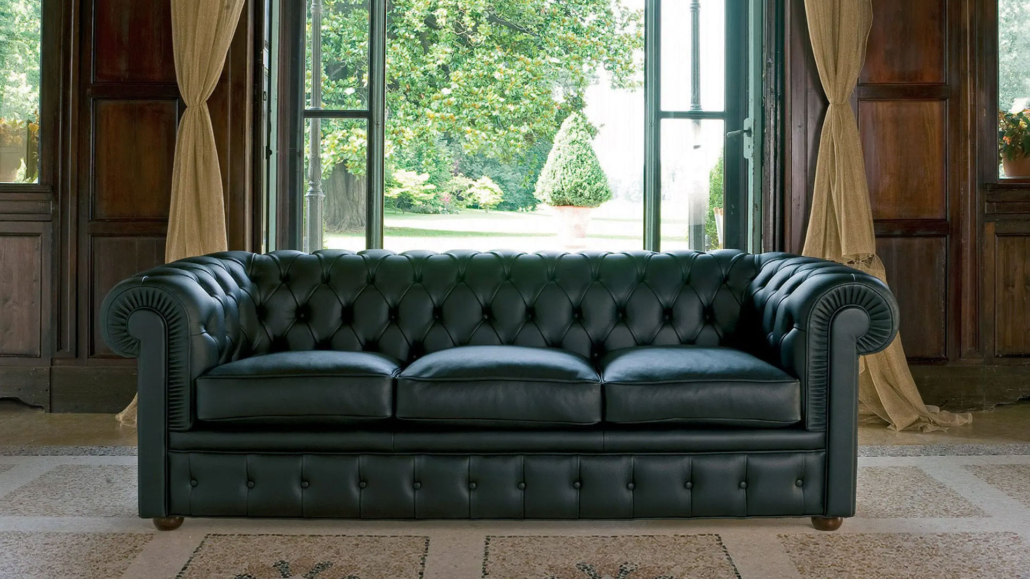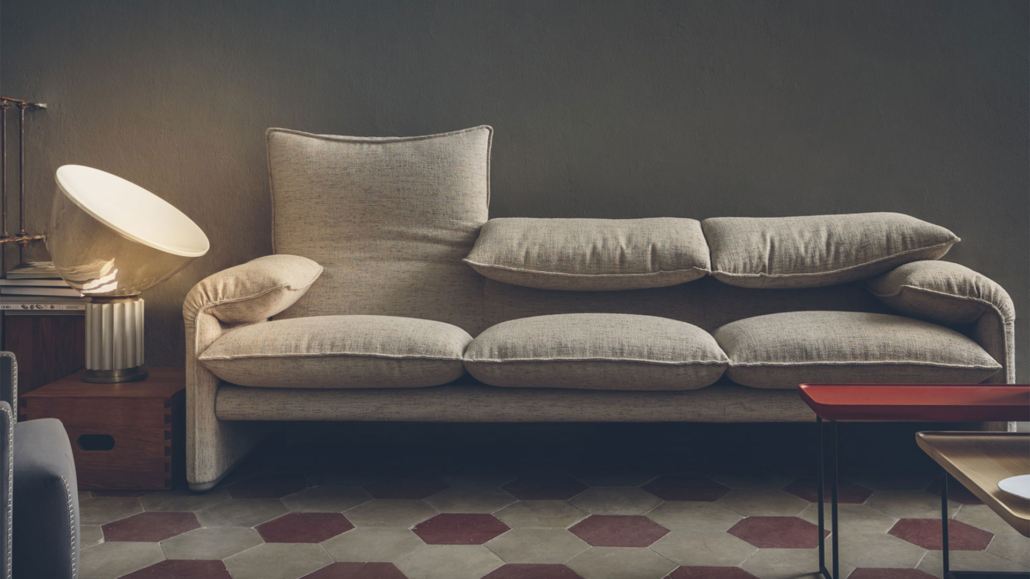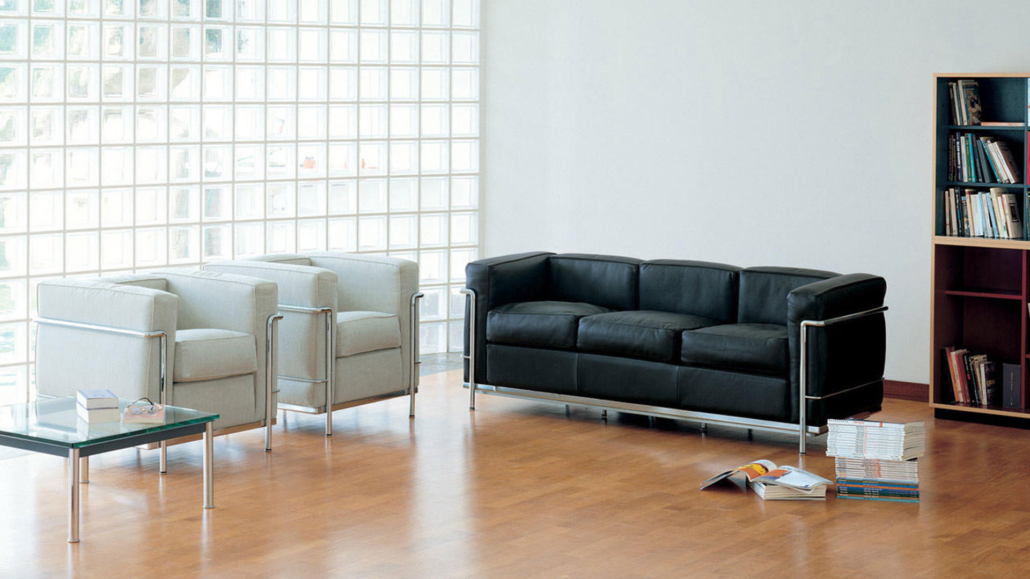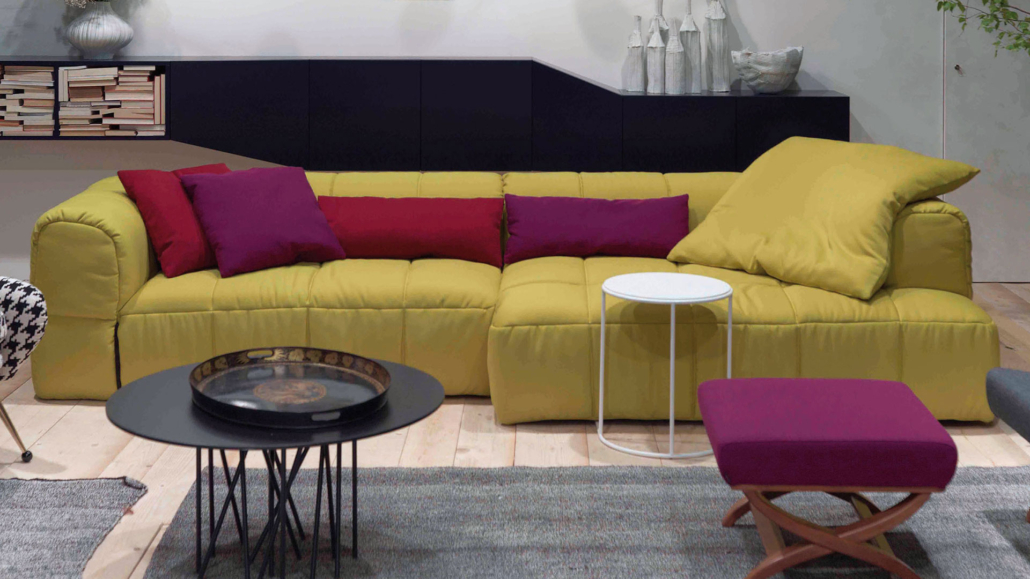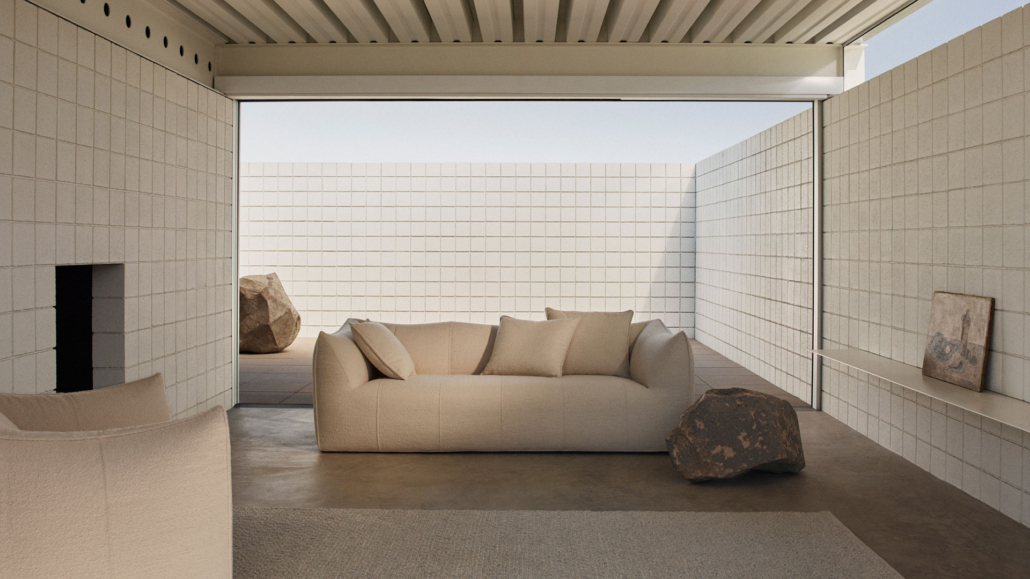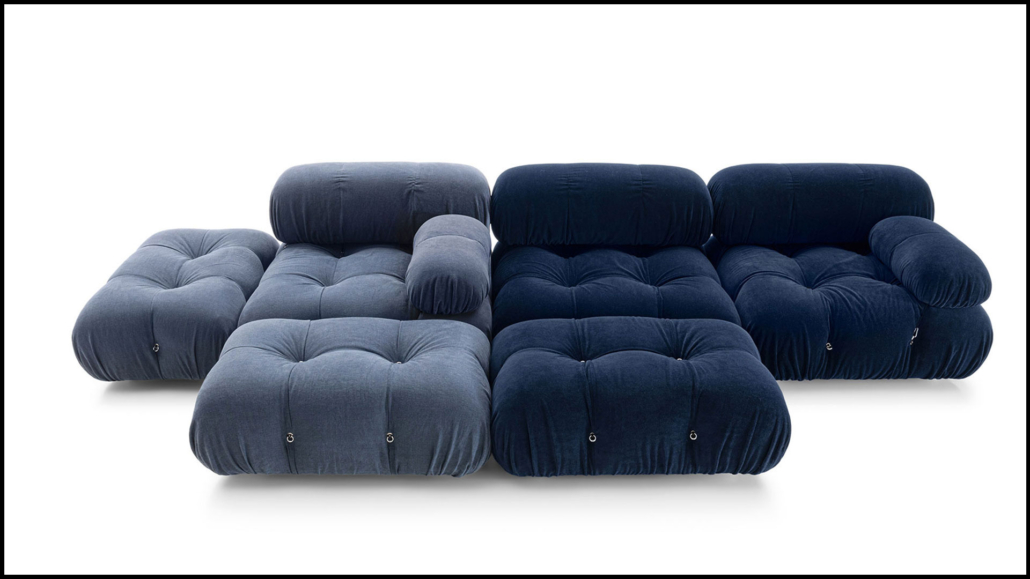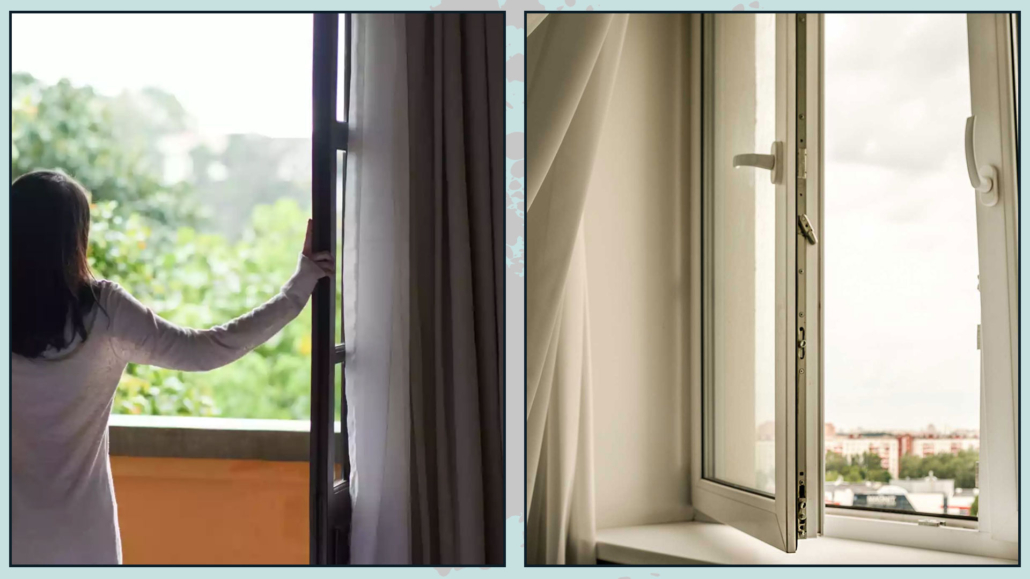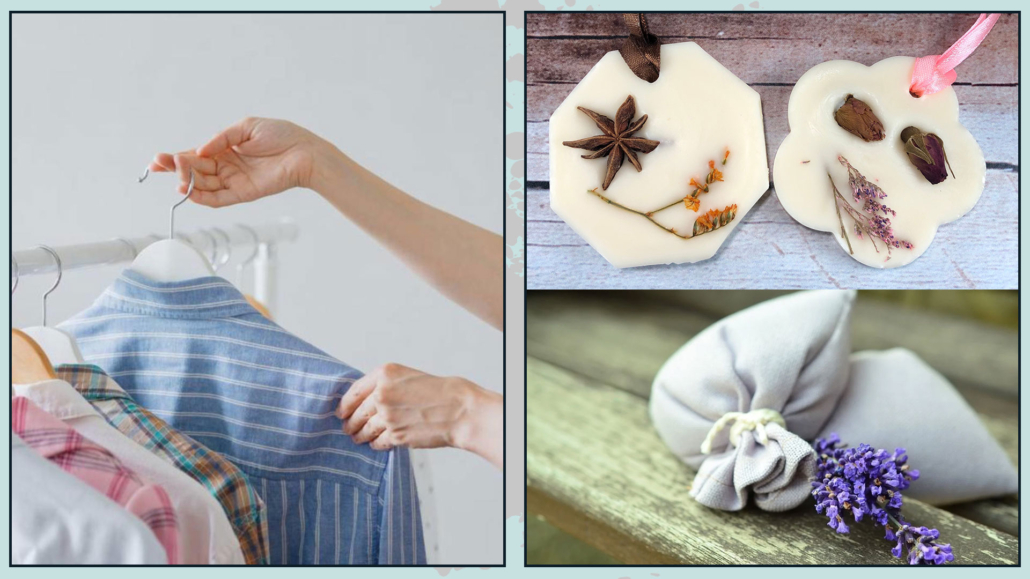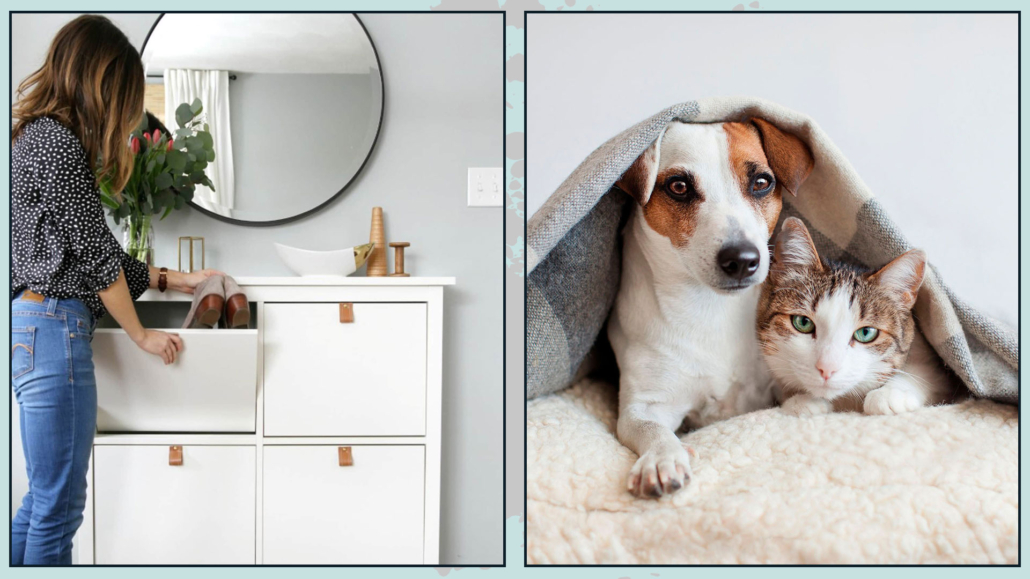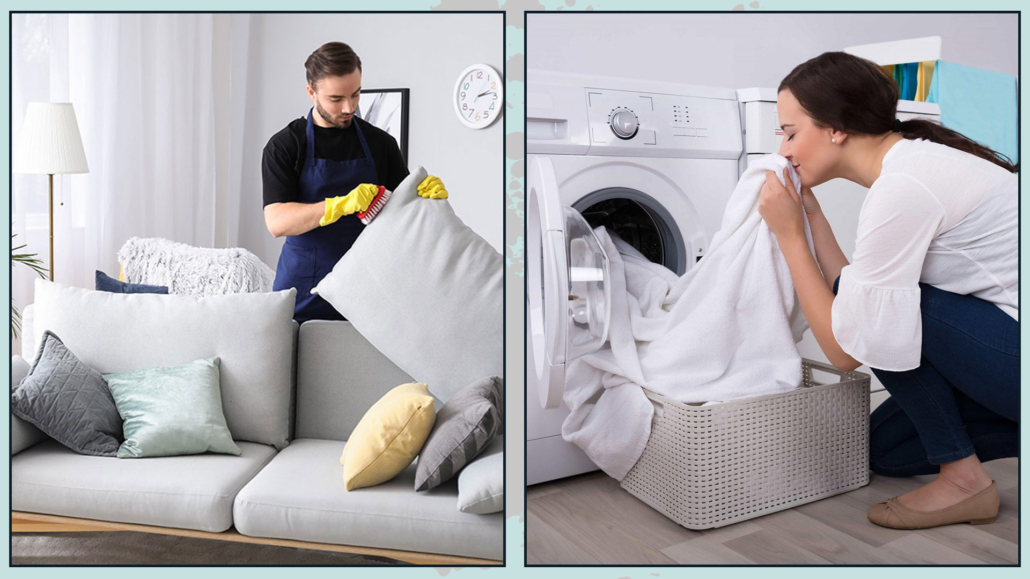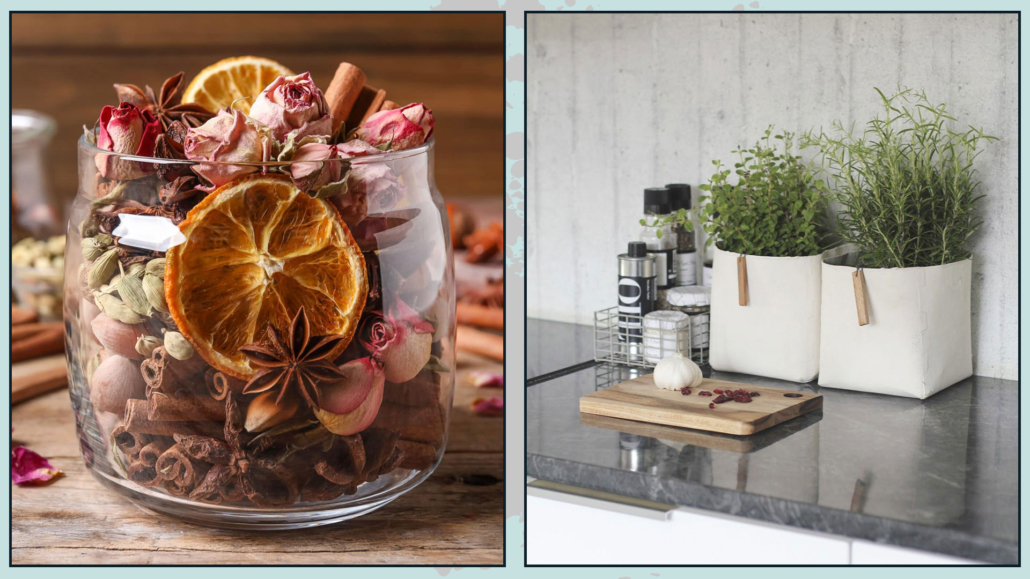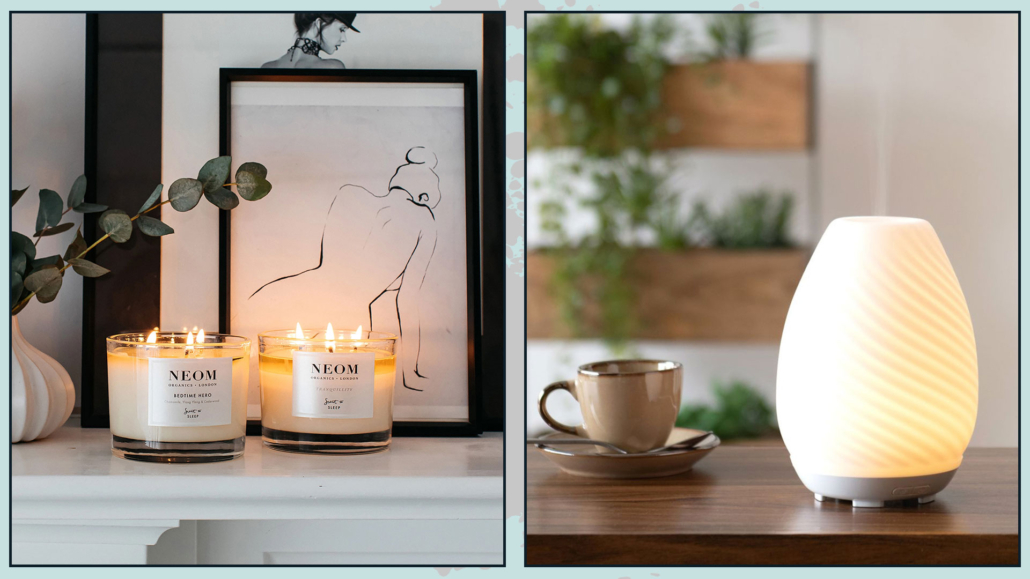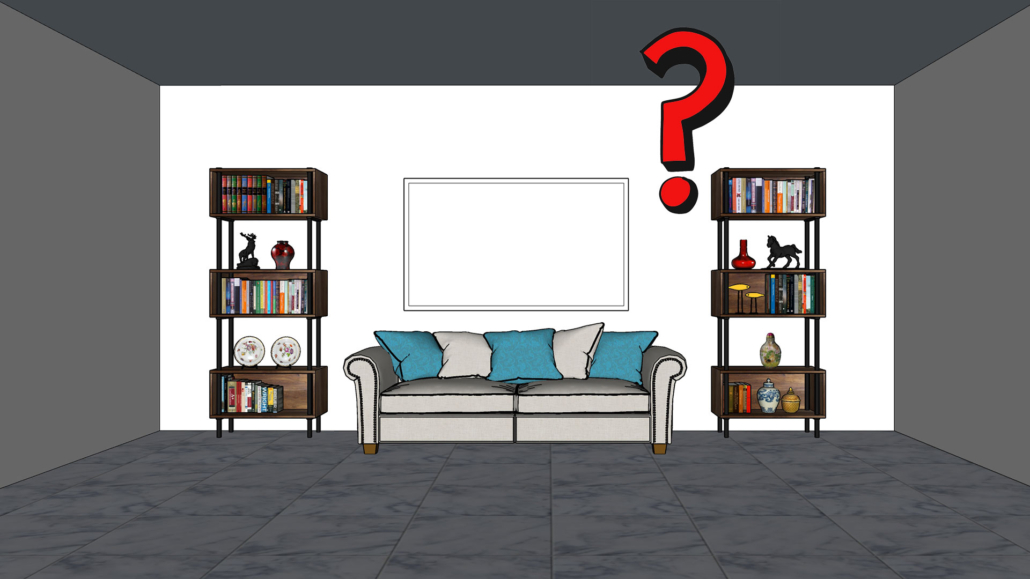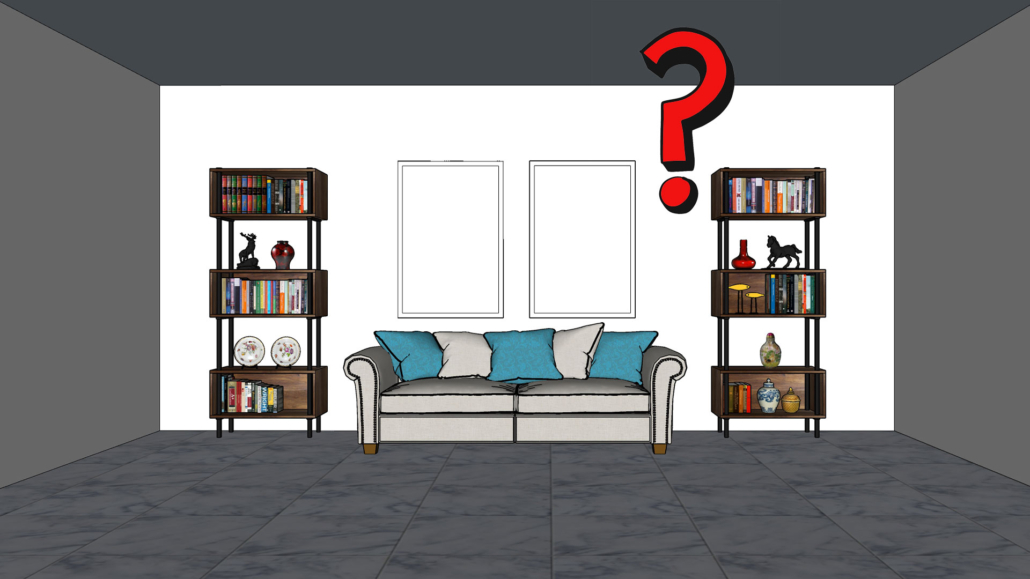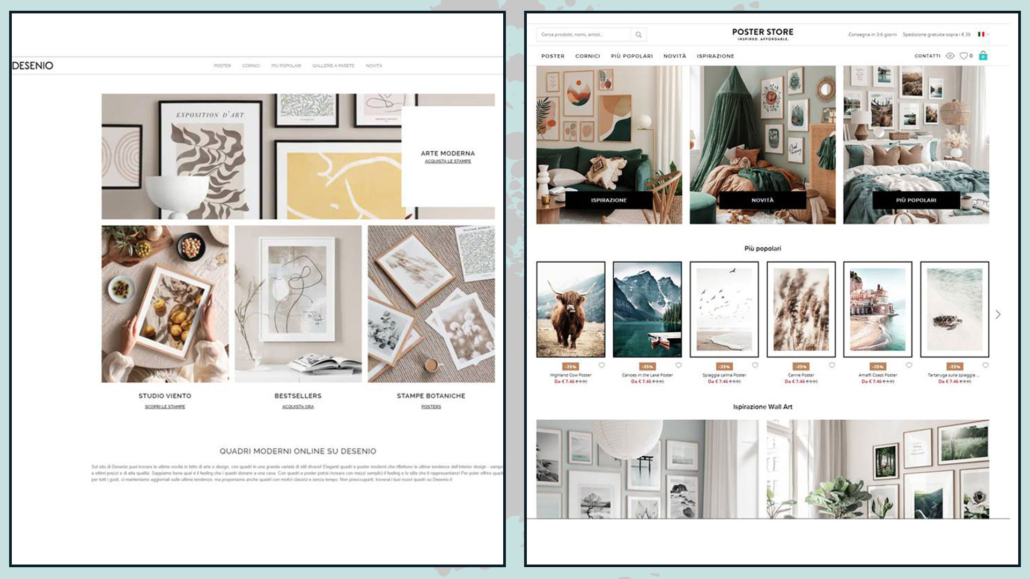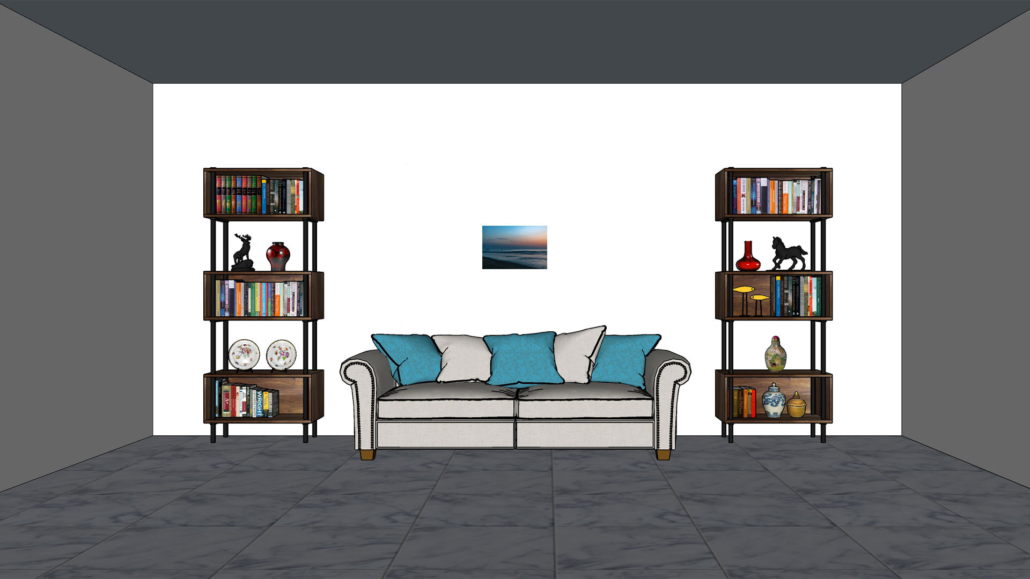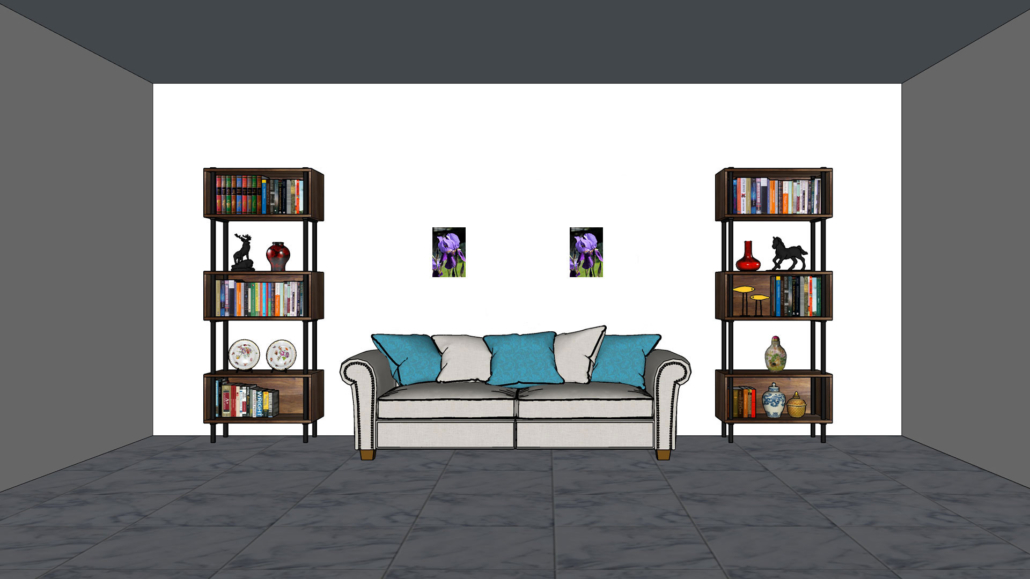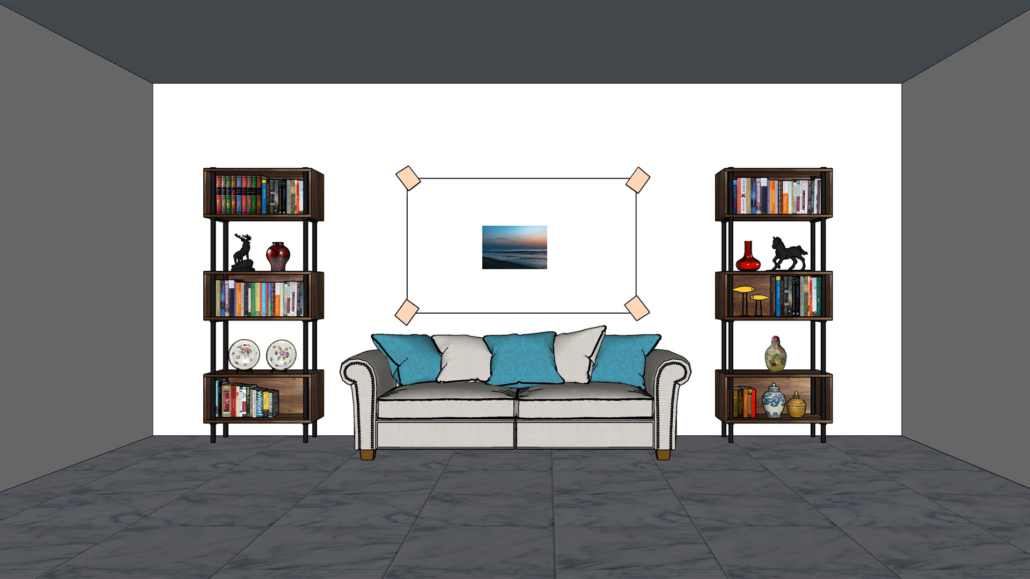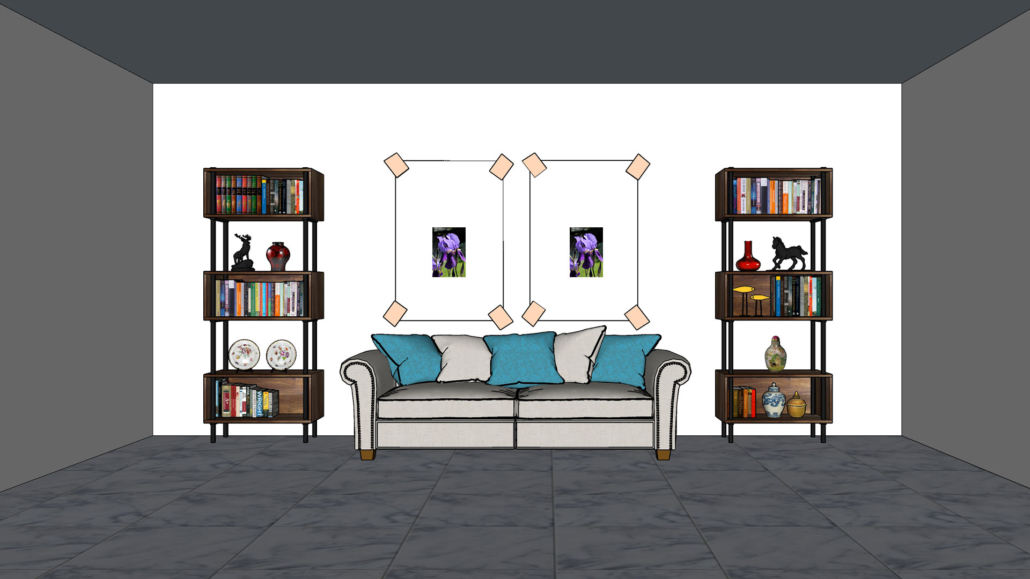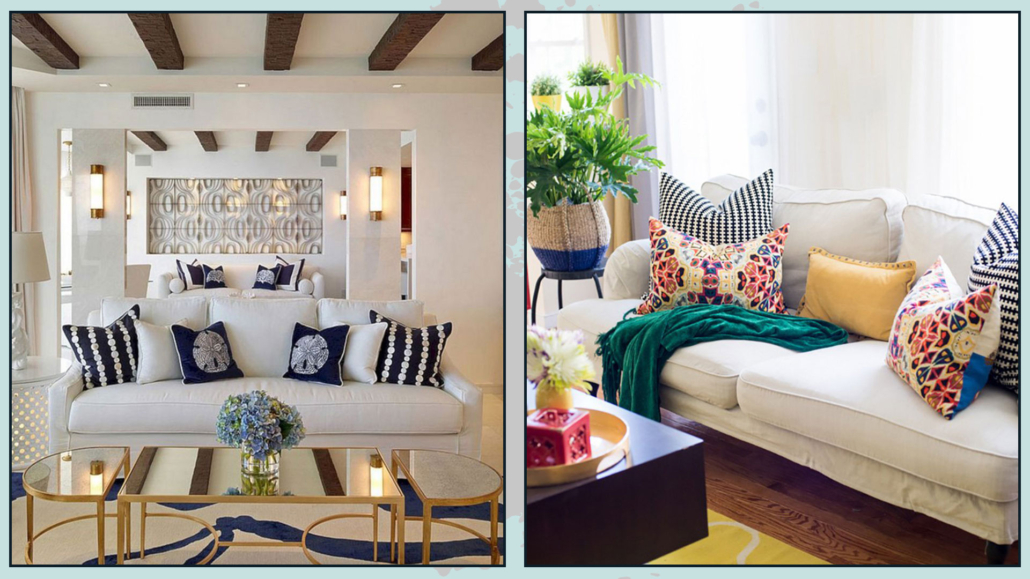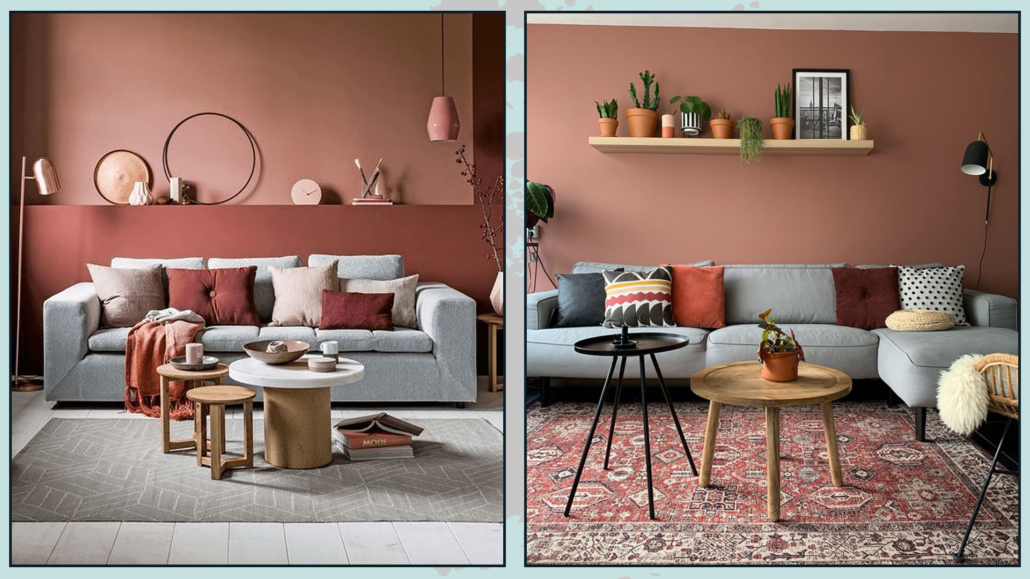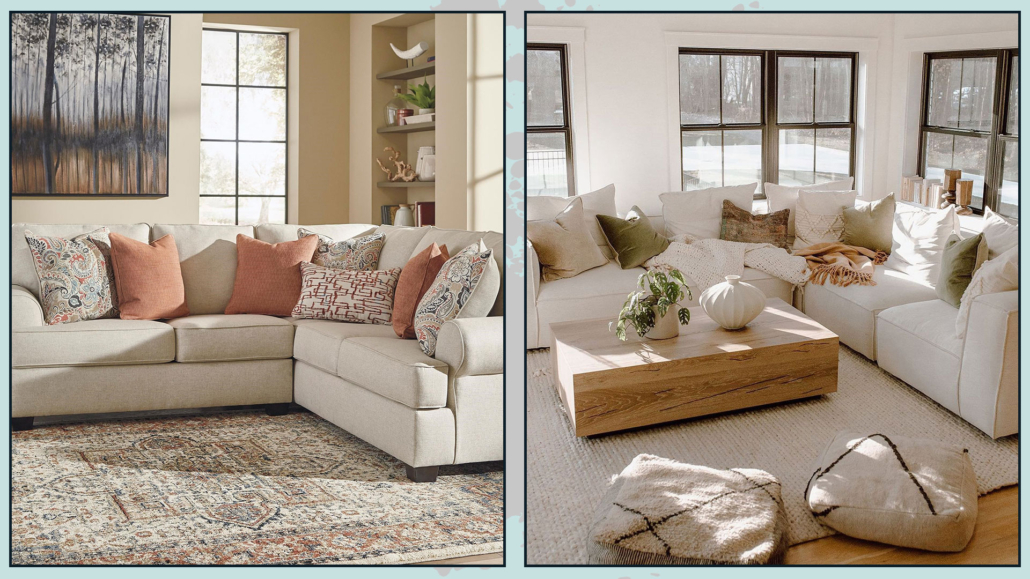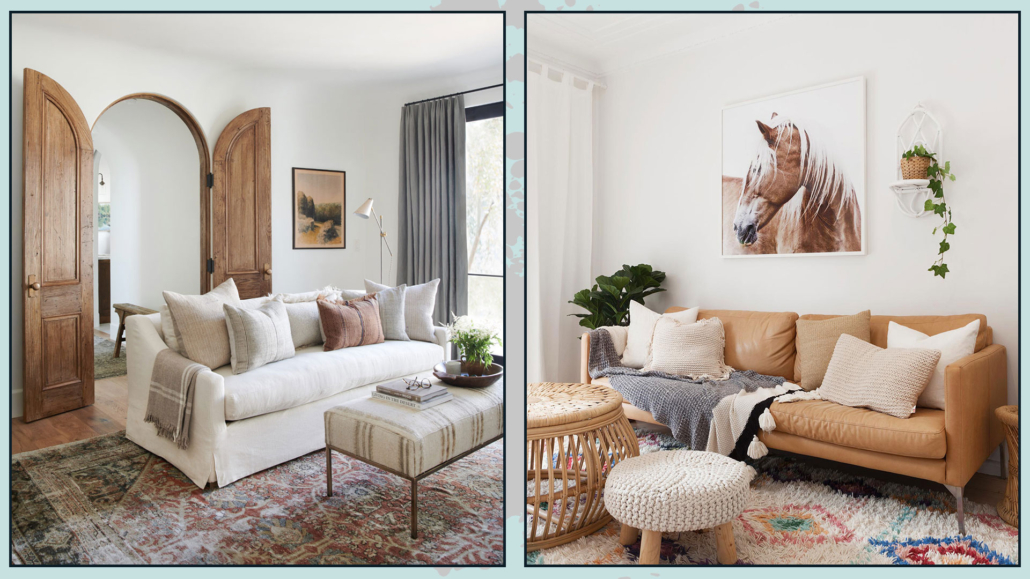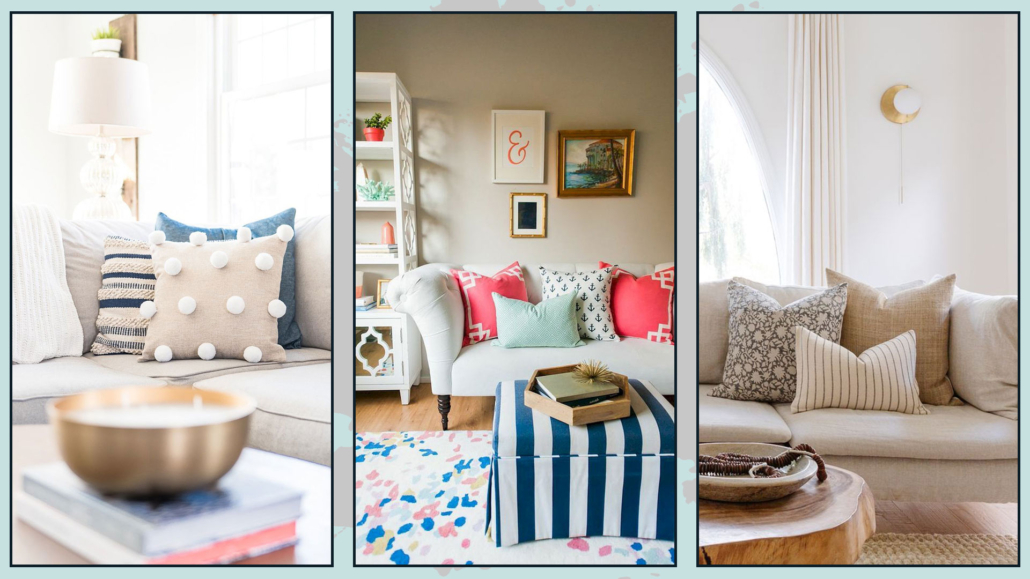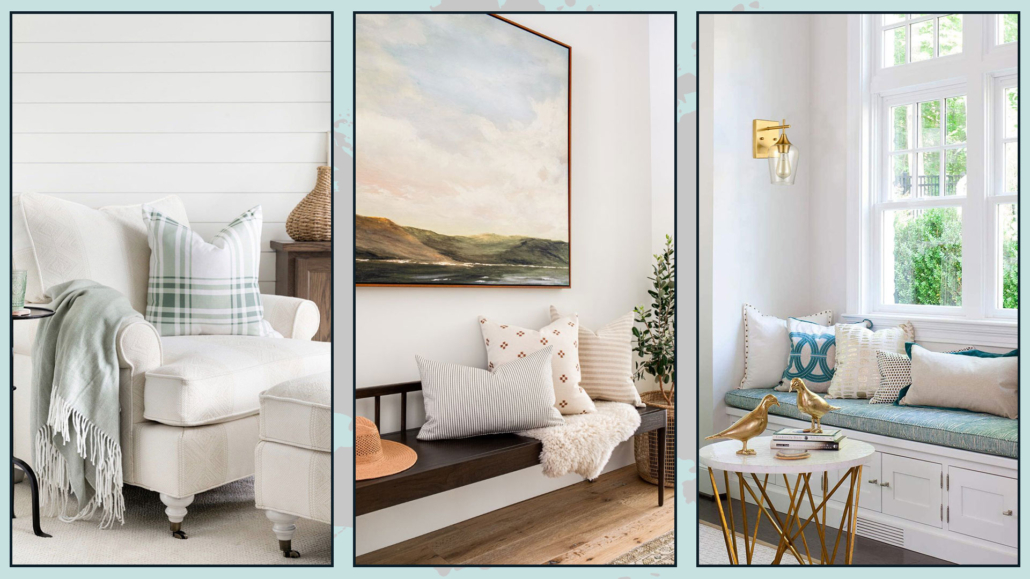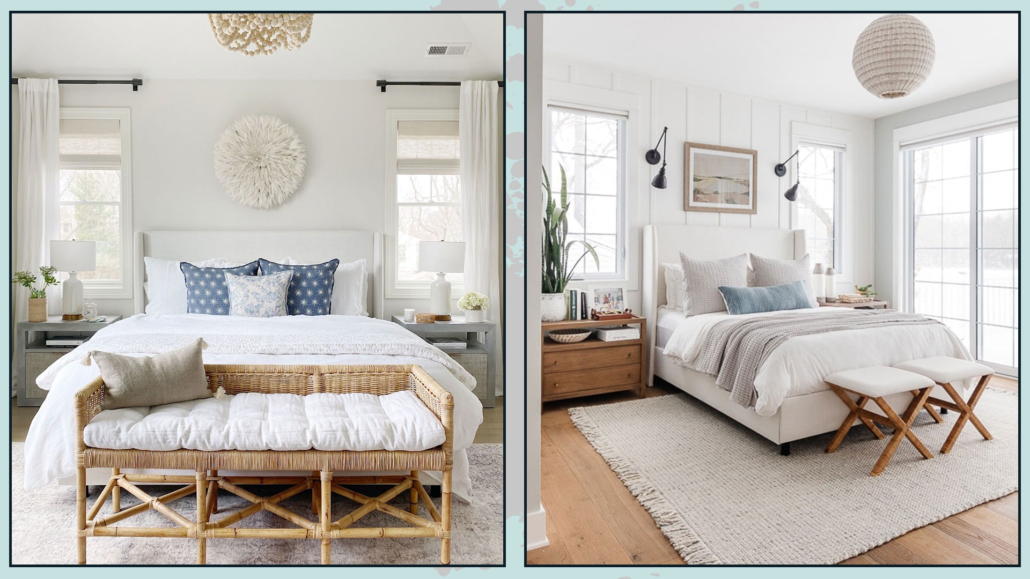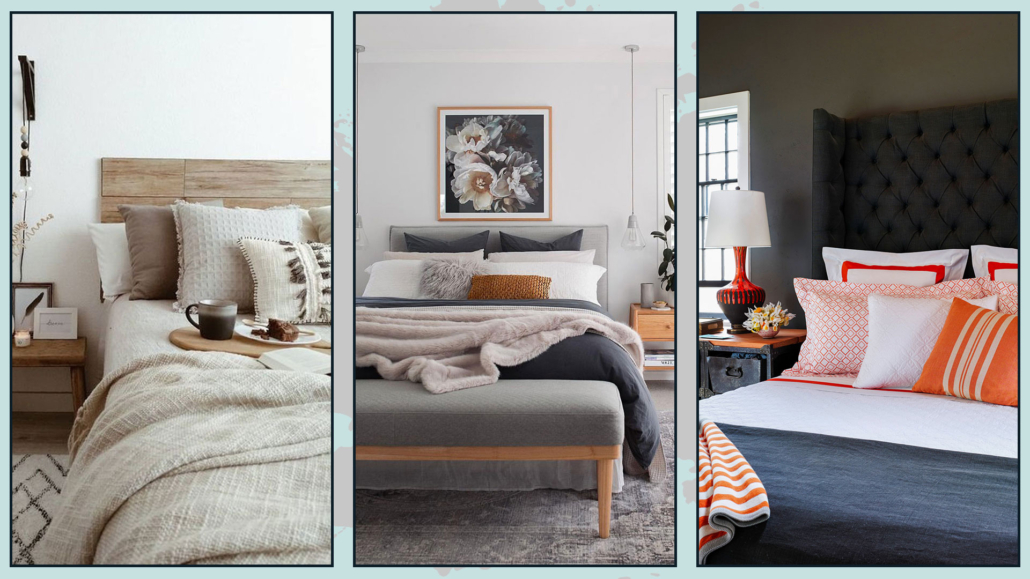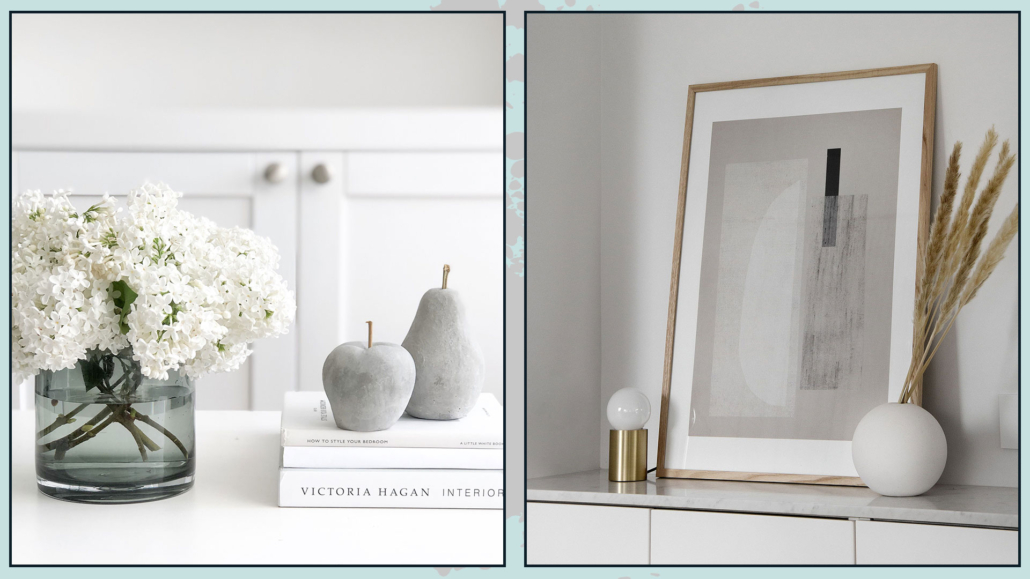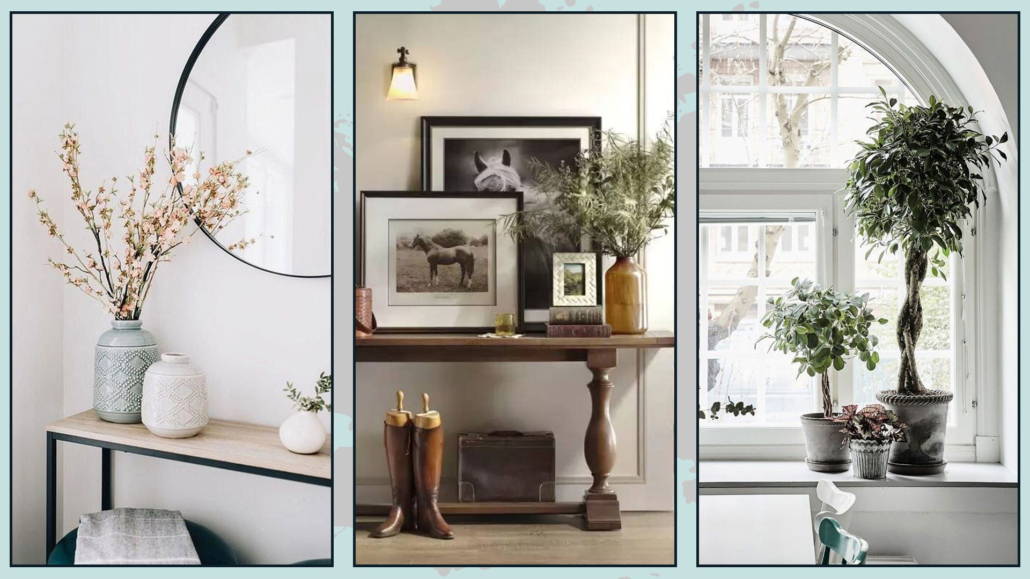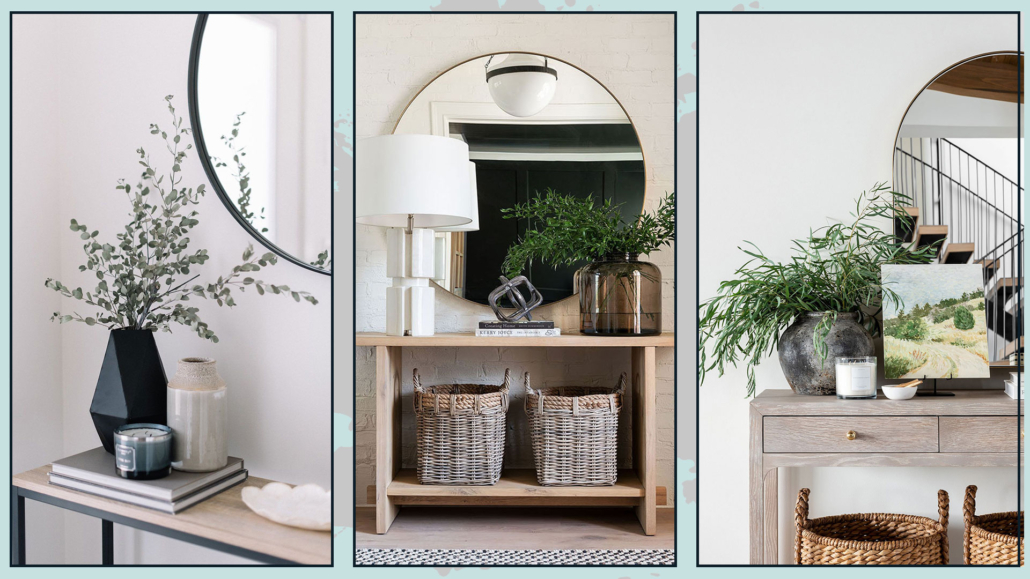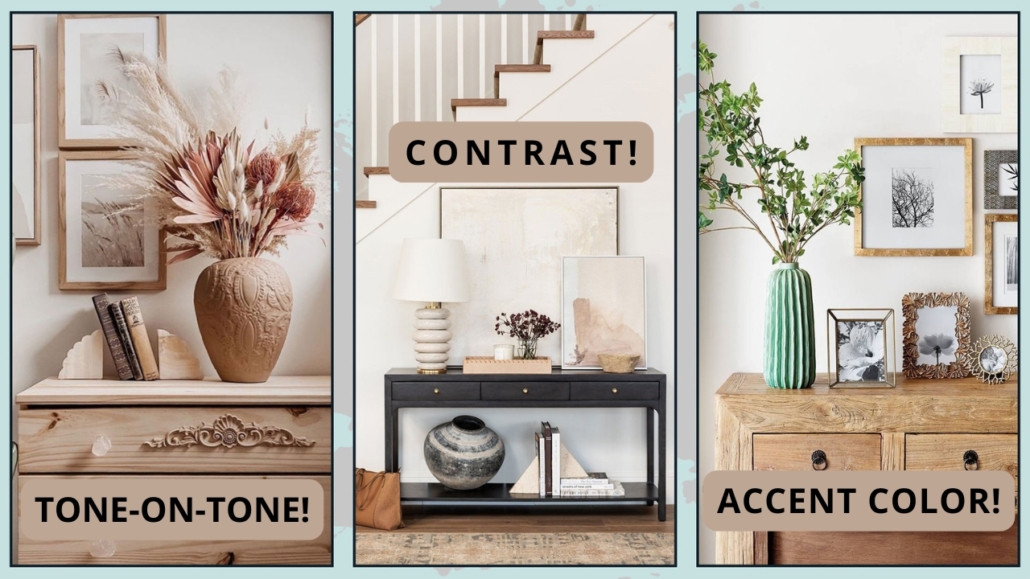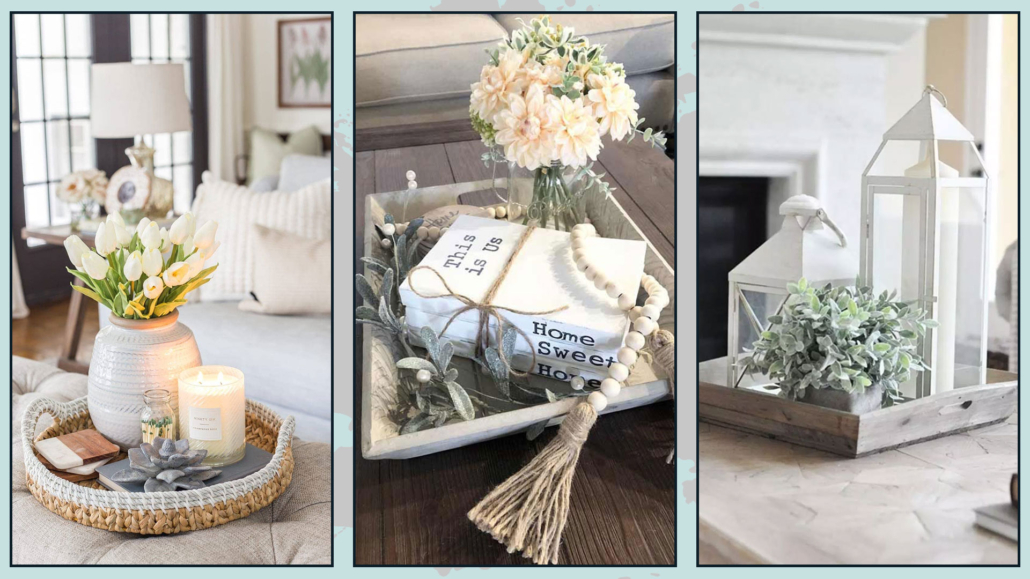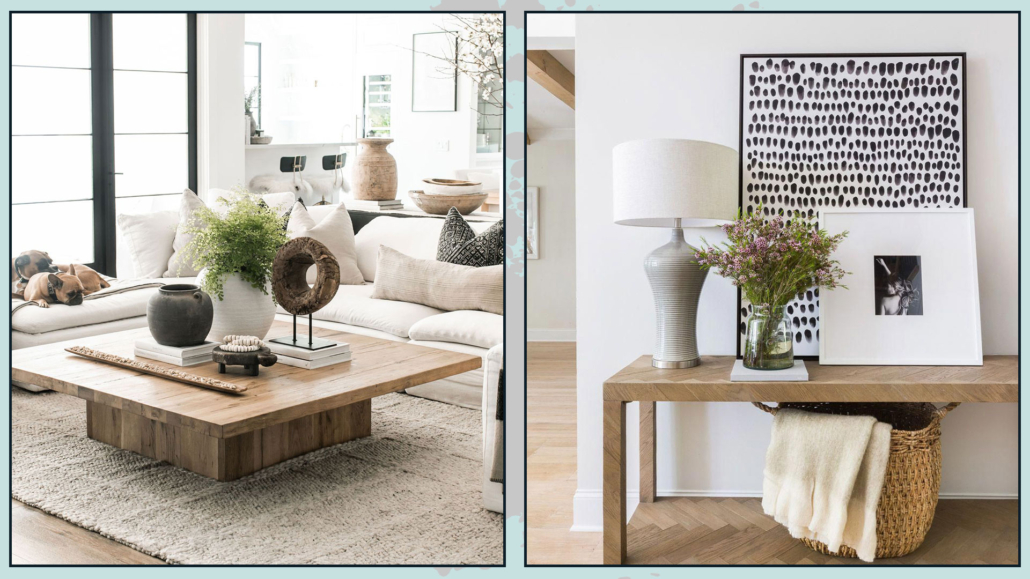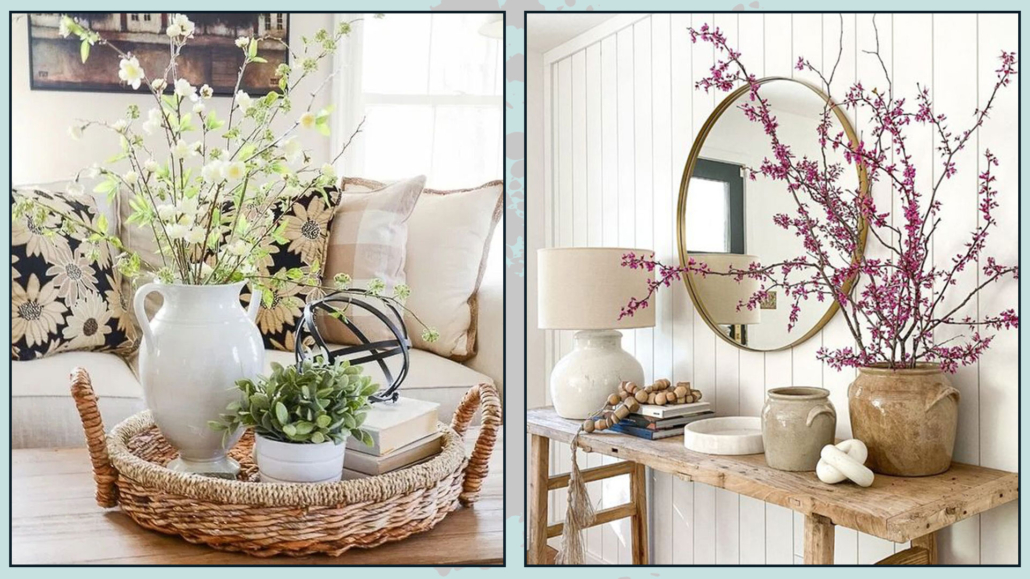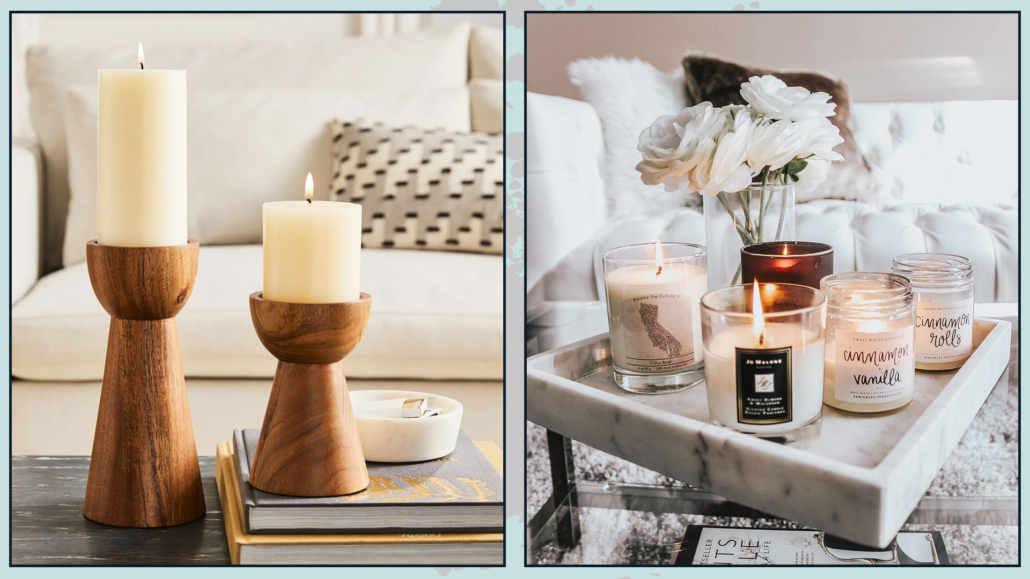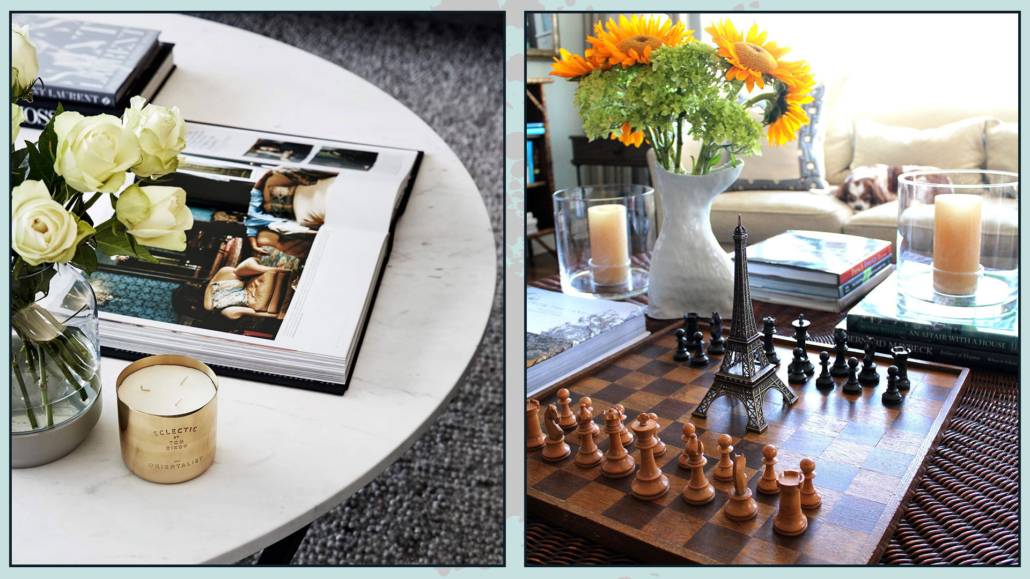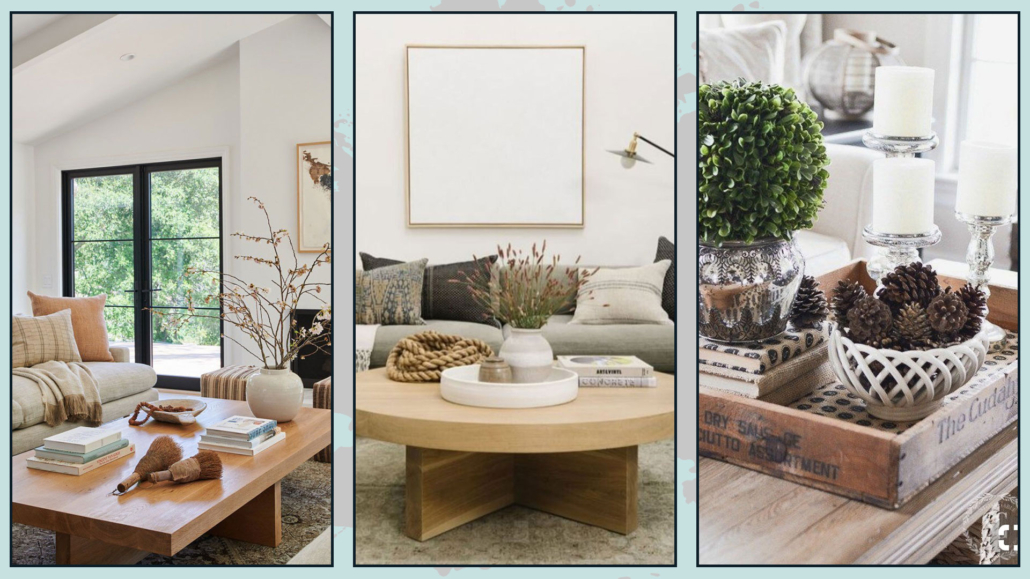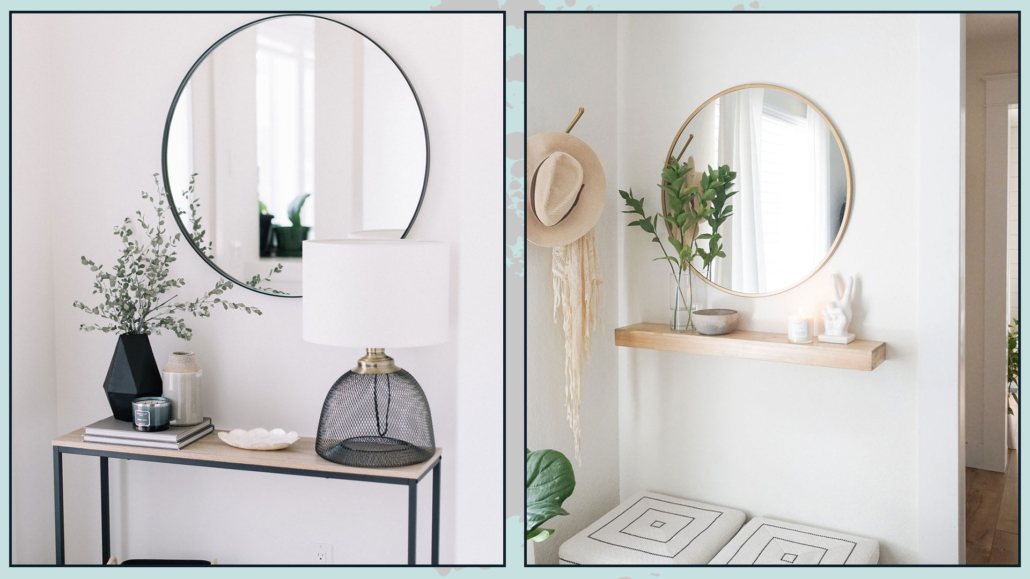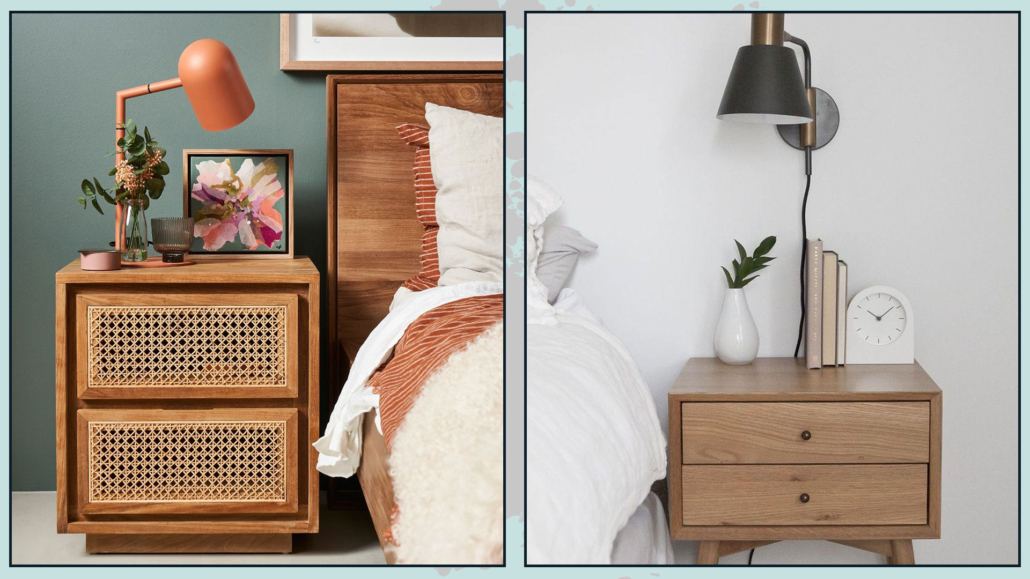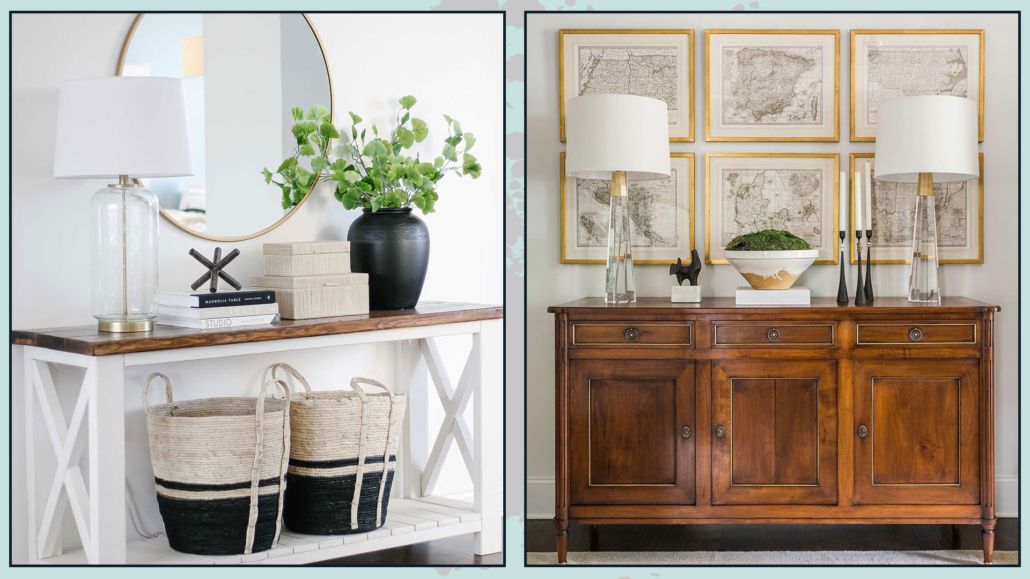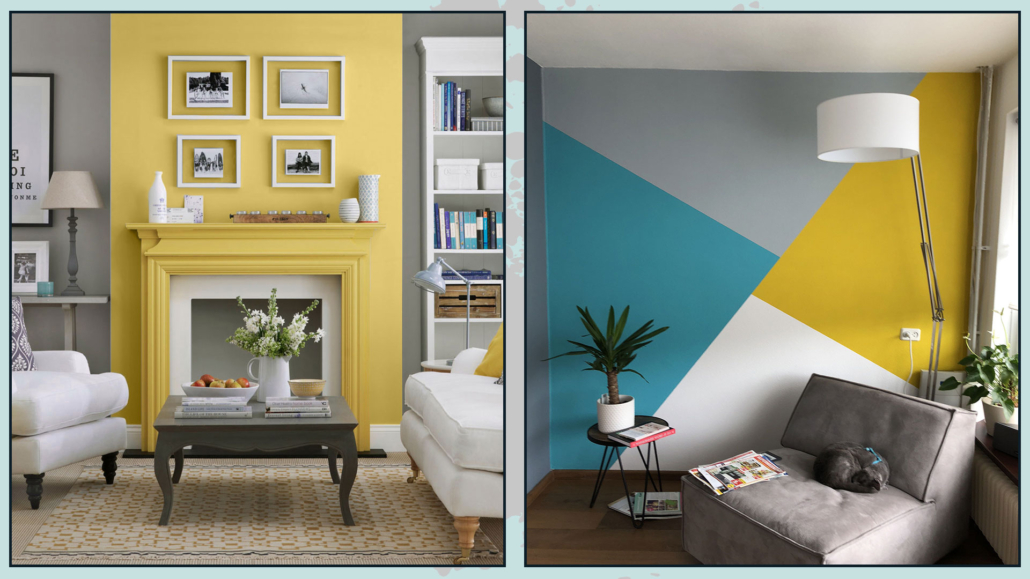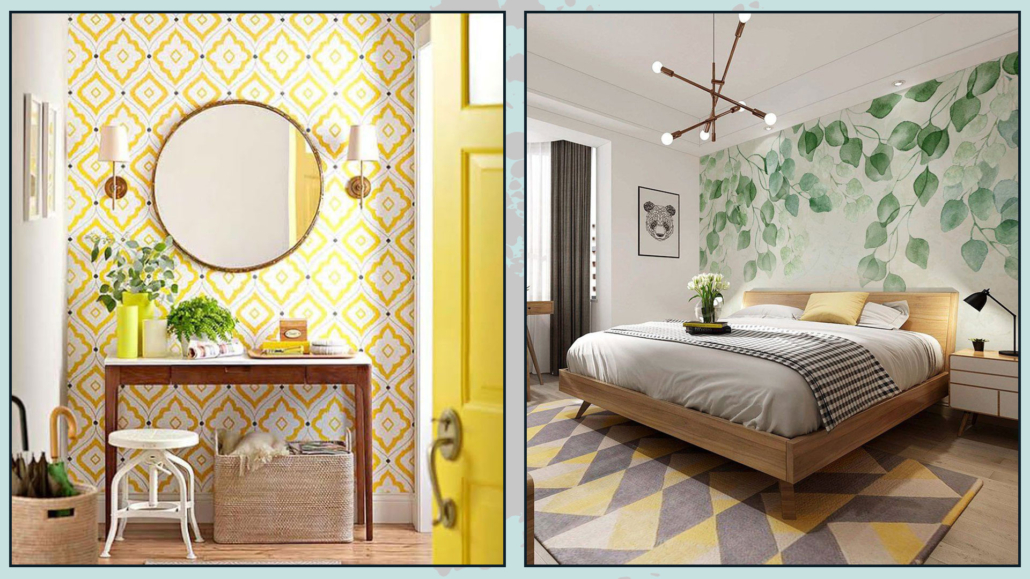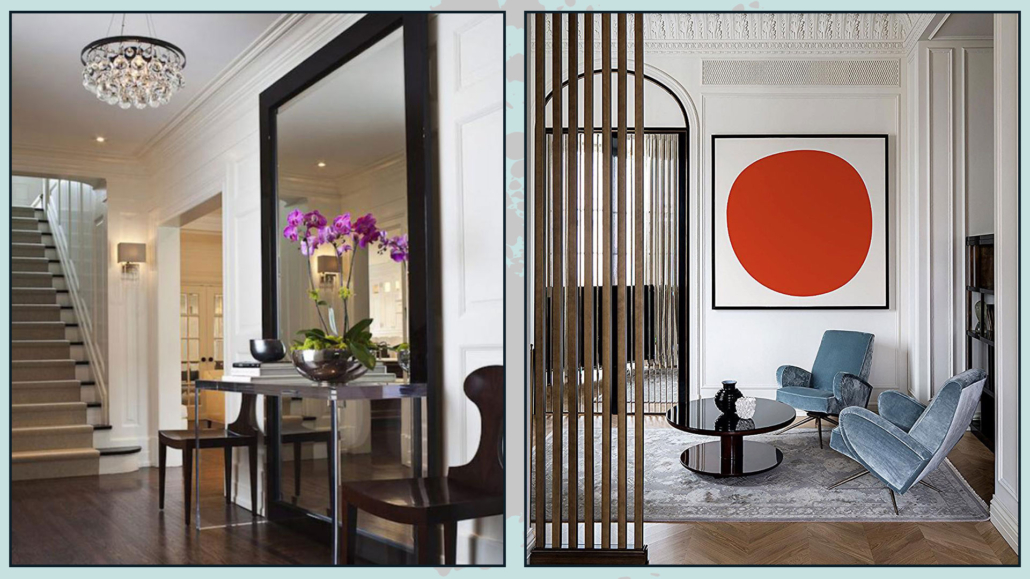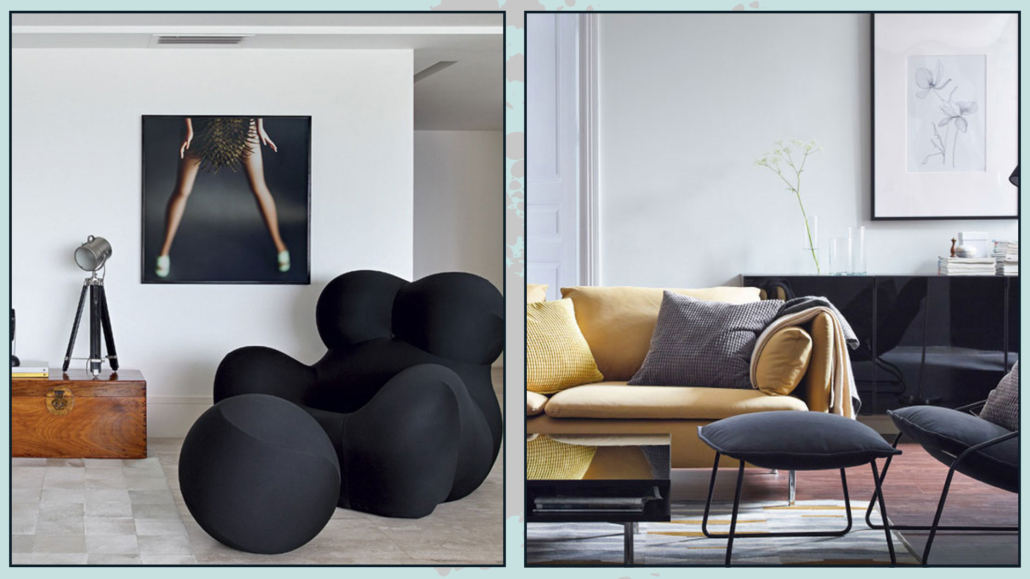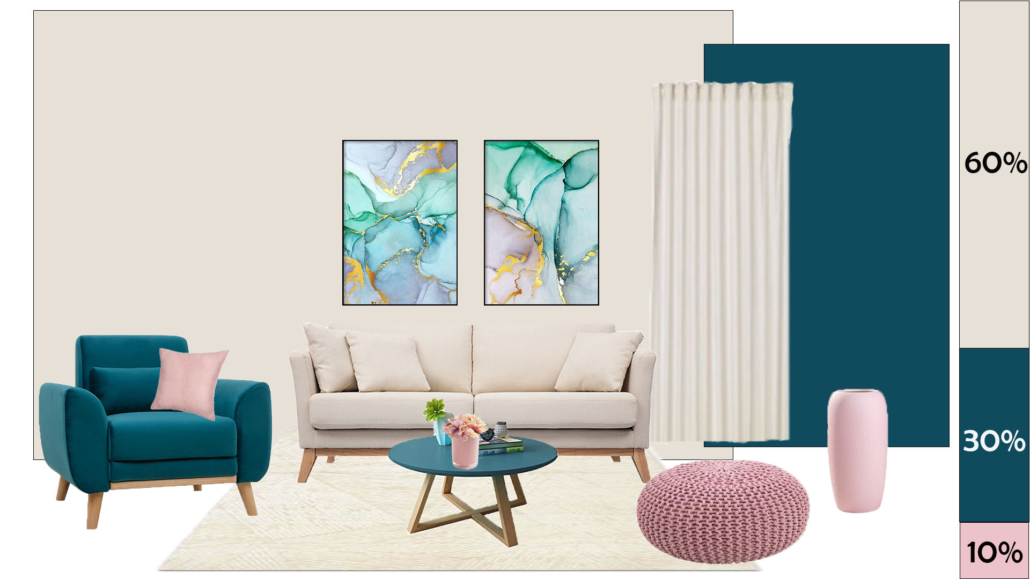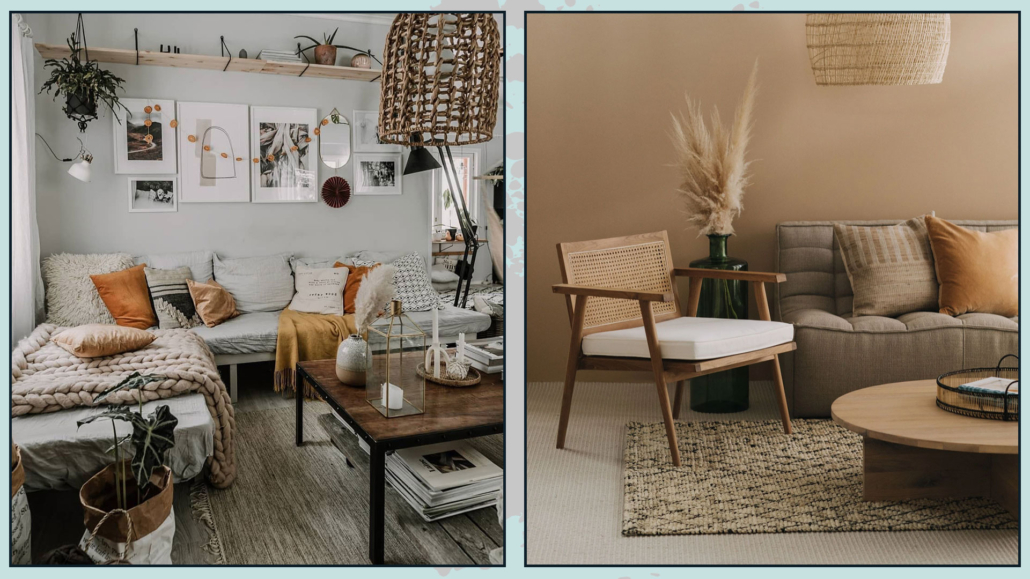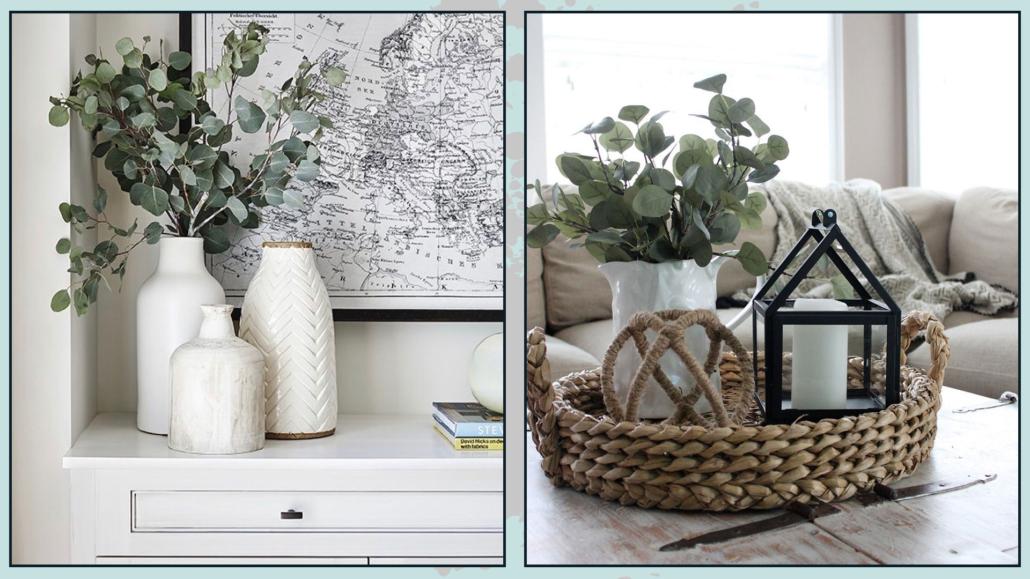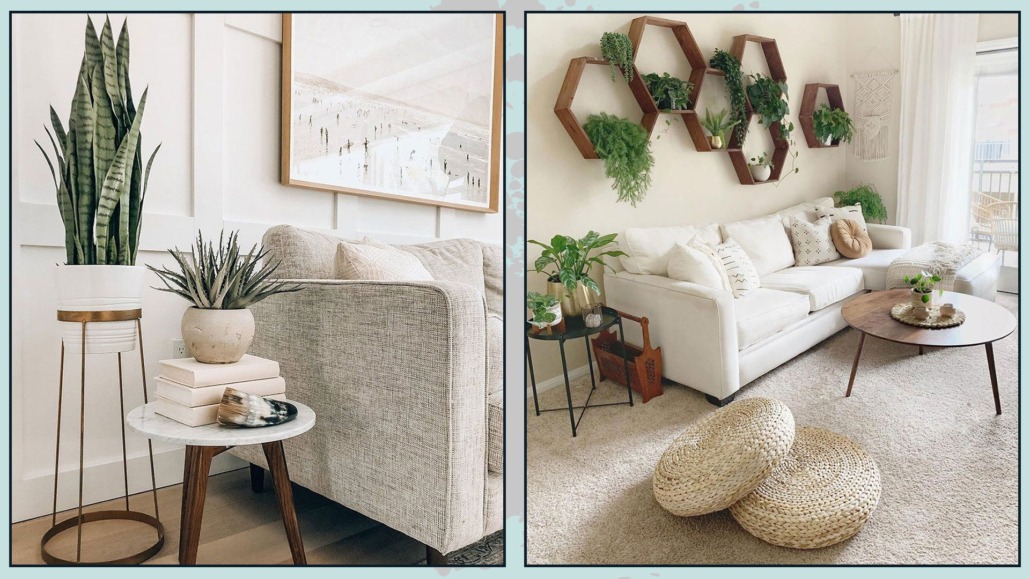It’s vital to find your personal decorating style for a home that supports you!
Some homes tell a story the moment you walk in.
You don’t even need to notice the furniture or the colors — you can immediately sense a certain harmony, coherence, and energy that speaks of the people who live there.
Other homes, though carefully furnished, seem to lack something: the space feels “right,” yet not truly alive.
Finding your personal decorating style doesn’t mean copying a trend or labeling your taste as “boho,” “minimal,” or “classic.”
It means learning to listen to yourself and turning who you are into a visual and sensory language.
It’s a journey inward, not outward.
Start from who you are (not from what is in style)
It is the same story seen with colors: trends change — you do not.
Or rather, you evolve in a deeper, more meaningful way, not with the seasons.
That is why the authentic starting point for creating a home that represents you is yourself.
Ask yourself: How do I want to feel at home?
Do you need calm and lightness, or warmth and energy?
Do you enjoy orderly, symmetrical spaces, or do you feel more comfortable in lived-in, spontaneous ones full of character?
The answers are already within you — in the colors you wear, the textures you love to touch, and the places where you feel most at ease.
Observing these things is a small exercise in mindfulness, like tuning in to your inner self through your home.
Because the energy that nourishes you is the same one that should flow through your spaces.
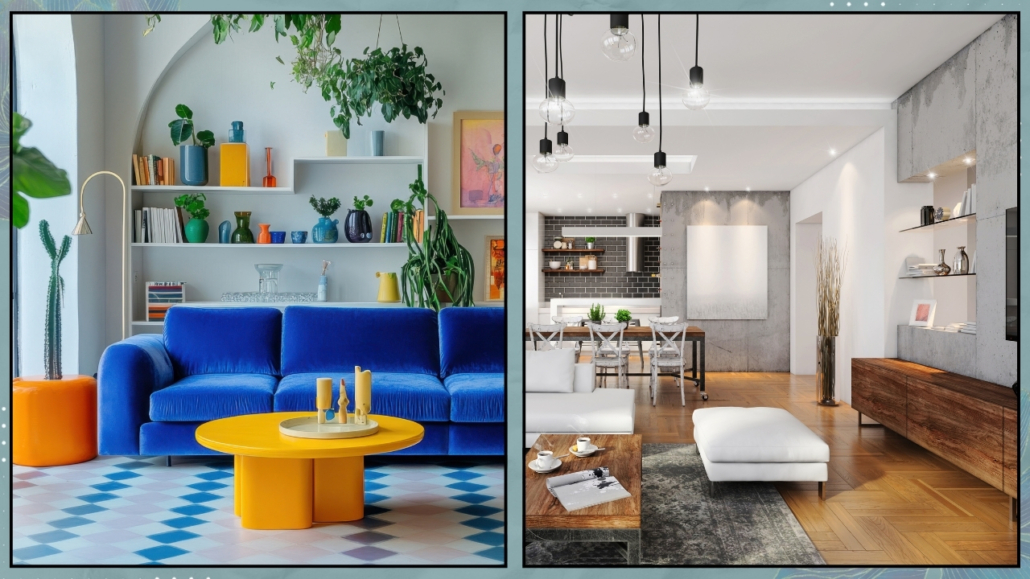
Seek inspiration mindfully
We see stunning images everywhere — Pinterest, Instagram, and design magazines.
Yet if we don’t learn to filter them, they can make us feel even more confused.
Here’s a simple trick: don’t just save the photos you like — save the ones that make you feel good.
Then look at them again carefully and find the common threads.
Which colors appear most often? Are there recurring materials? Are the lines soft or geometric?
Does the overall mood feel calm, elegant, or lively?
These recurring elements hold the key to your personal decorating style.
You can also create a mood board — digital or physical — gathering images, fabrics, colors, and words that evoke the emotions you want to live in your home.
It’s an exercise I often recommend because it helps you clarify what truly represents you and keeps you from getting lost among too many ideas.
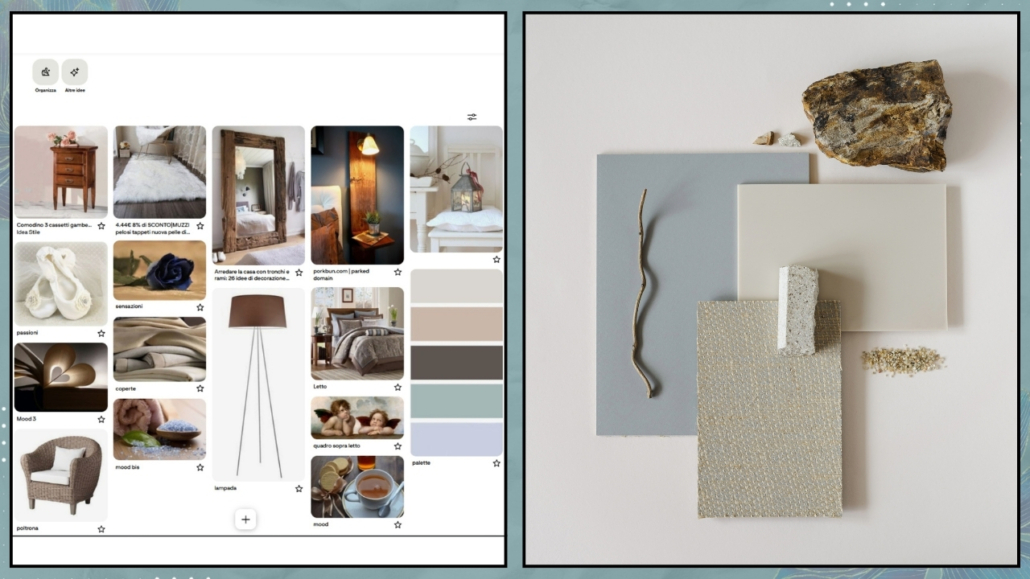
Mix, but with balance
There’s no rule saying you must stick to one style only.
Personalities rarely have a single shade — and your home, as their extension, is no exception.
You can combine different elements, as long as there’s harmony.
For example, a vintage piece in a modern setting can become a stunning focal point, while a classic home with a touch of industrial detail gains contrast and character.
The key is balance — in colors, materials, and proportions.
If everything stands out, nothing truly does.
If everything is neutral, the space risks feeling flat.
Play with differences, but always leave room for a “visual pause,” just like in a melody.
And remember: there are no wrong combinations if everything you choose makes you feel good.
The only mistake is forcing yourself to like something that doesn’t resonate with your energy.
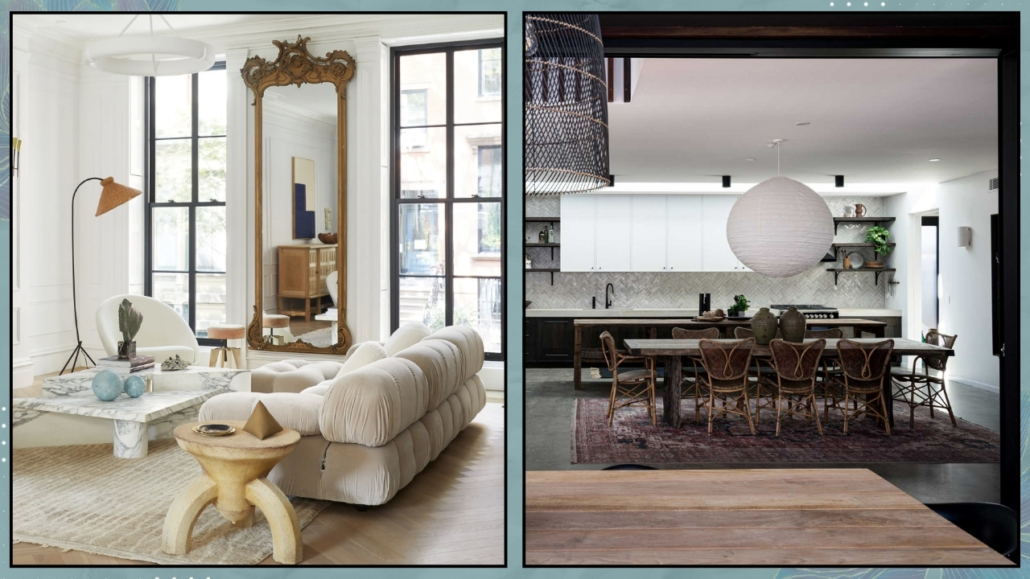
Let your home speak about you
What makes a space truly yours isn’t perfectly coordinated furniture, but the details that tell your story.
A painting found during a trip, a vase gifted by a friend, a book left on the coffee table — these small traces make a home feel alive and authentic.
Objects filled with meaning carry positive energy because they hold memories, emotions, and fragments of life.
From a holistic perspective, they are real “energy anchors”: every time you see them, they remind you of who you are and what you love.
Even a minimalist home can feel warm and welcoming when enriched with personal touches that reflect your essence.
You don’t need much — just one thoughtful detail, chosen with your heart.
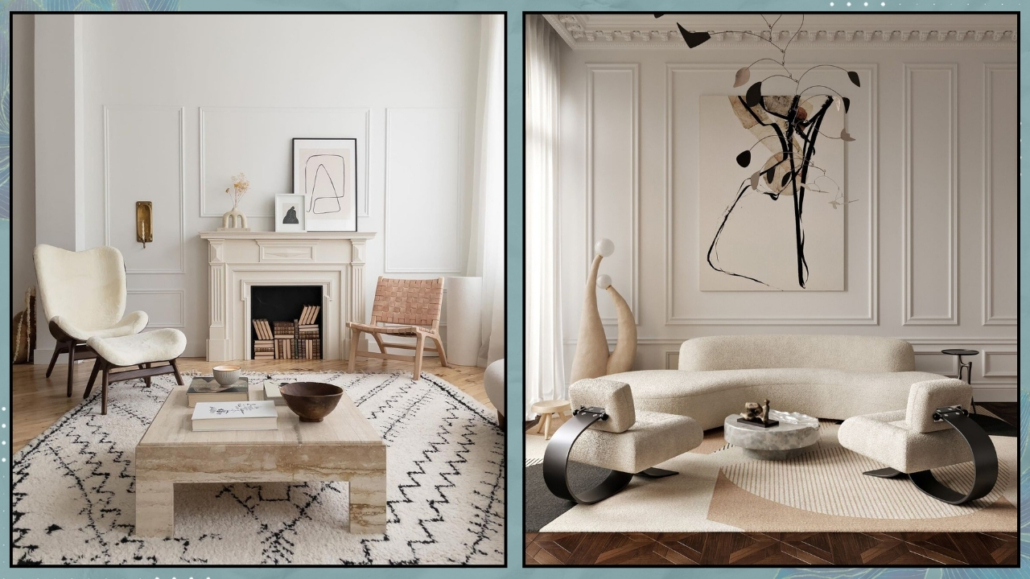
Let your style evolve
As you grow, change, and transform, so should your home.
Style isn’t static; it’s a living, evolving journey.
Maybe years ago you loved cool tones and strict order, but now you crave softness, color, and freedom.
That’s perfectly natural — your home is your mirror, and it grows with you.
Take time once in a while to listen to it.
Is there something that no longer feels like you?
A room that seems tired, or a color that weighs you down?
These are signs that your energy needs renewal.
Sometimes a small change is enough: moving furniture, adding a plant, a new fabric, or warmer lighting.
Renewing doesn’t mean throwing away — it means making space for something new, inside and out.
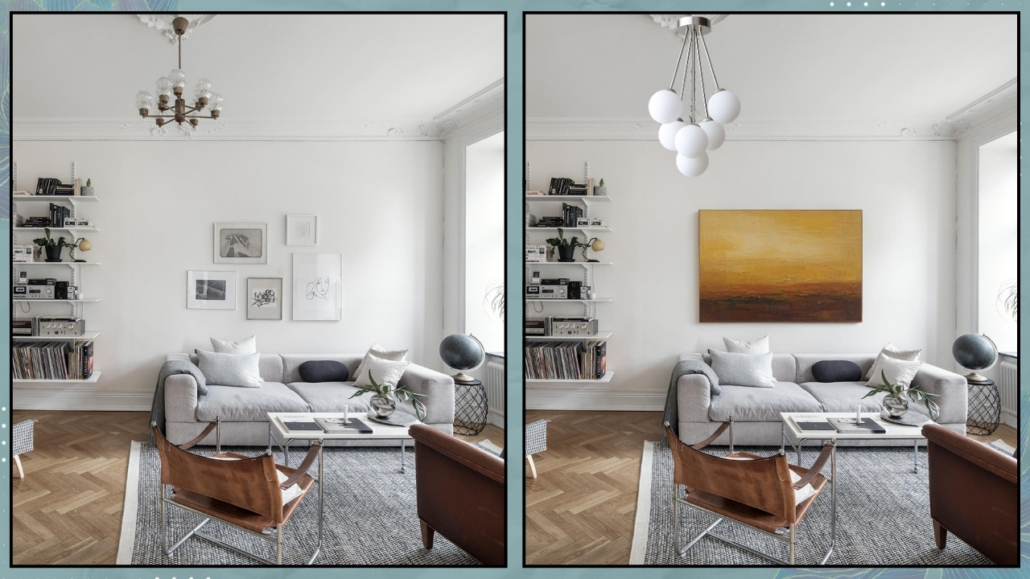
In conclusion
Finding your personal decorating style is a journey of self-awareness, not a purely aesthetic exercise.
It’s about listening to your emotions, noticing what makes you feel good, and translating it into shapes, colors, and materials that speak about you.
A home that reflects your energy doesn’t follow rules — it creates them.
And every time you walk in, it welcomes you as only an authentic space can — with harmony, warmth, and presence.
If you feel that your home no longer reflects who you are, or if you’d like to rediscover your style to create a new balance, I can help you with a personalized consultation.
Together, we’ll shape a space that truly tells your story — your essence, your energy, and your way of living.
(Consultations are also available online, as I explain here, especially if we’re far away!)
